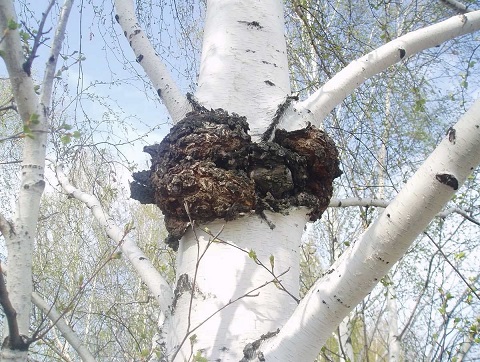Gigrofor white - description and photo of the mushroom
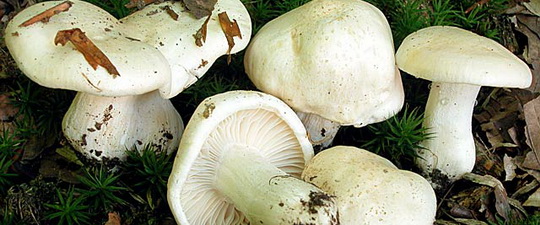
Family: Hygrophoraceae.
Description. The cap is 2-10 cm in diameter, of medium thickness, convex, often with a wide tubercle, less often blunt-conical, smooth, slimy, with a sinuous drooping edge, at first white, later ivory, slightly yellowish when dry. When wet, the hat is covered with a thick layer of mucus so that it is difficult to collect the mushroom. When you rub the mushroom between your fingers, it feels like wax. The pulp is white, dense, with a pleasant taste, with a specific smell (reminiscent of the smell of the caterpillars of an odorous woodworm). The plates are descending, dense, thick, sparse, white, sometimes with a faint creamy shade. Leg 4-12 X 0.5-1.5 cm, central, cylindrical, made, later often hollow, white, slightly mealy or granular in the upper part, mucous in the lower part, with white punctate scales.
Gigrofor white grows on soil in mixed and deciduous forests (under oaks, beeches, elms), bears fruit from August to November. In the southern forest zone - often, in places abundant.
Next, you can see the white hygrophoric mushroom in the photo, which show its various stages of development:

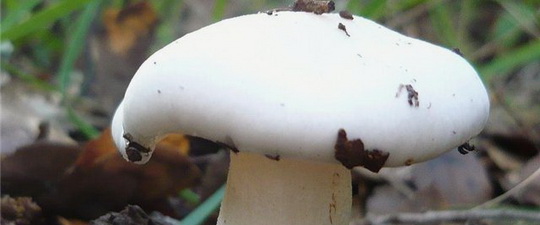
Similar species. The yellowish disc hygrophor (H. discoxanthus) is related to mushrooms similar in appearance. Well distinguishable by rusty-brown spots that appear when touched. Several other white-colored hygrophors grow only in spruce or birch forests or have a pronounced slimy ring on the stem.
Pharmacological and medical properties. Fruit bodies contain a large amount of trace elements (magnesium, chromium, manganese, iron, cobalt, nickel, copper, zinc, tin, cadmium).
A number of biologically active substances, including fatty acids with bactericidal and antifungal activity, have been isolated from the fruiting body of a yellowish-white hygrophor. Fatty acids are formed on the basis of the substance y-oxocrotonate. One of these acids - (E) - 4-oxohexadeca-2-enoic acid - showed fungicidal activity against the pathogen of potatoes and tomatoes Phytophthora infestans.
Other secondary metabolites have been isolated, for example a ceramide component called hydrofamide, as well as P-carbonyl alkaloids known as harman and norharman, which are characteristic of higher plants. This discovery, made in 2008, showed for the first time the presence of such substances in the fruiting bodies of mushrooms.
Cooking use. It is eaten fresh, pickled and salted. In China, a drink is made with it from yak milk, fermented with a mixture of Lactobacillus bulgaricus, Streptococcus thermophilus and Lactobacillus acidophilus.
Other edible mushrooms


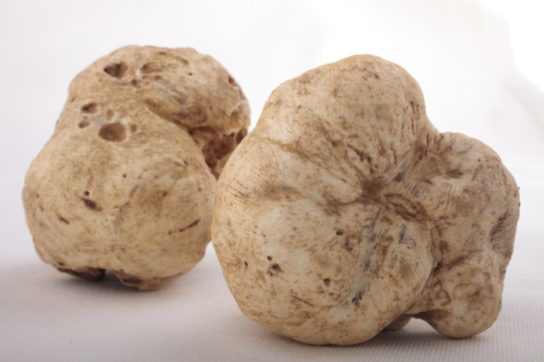
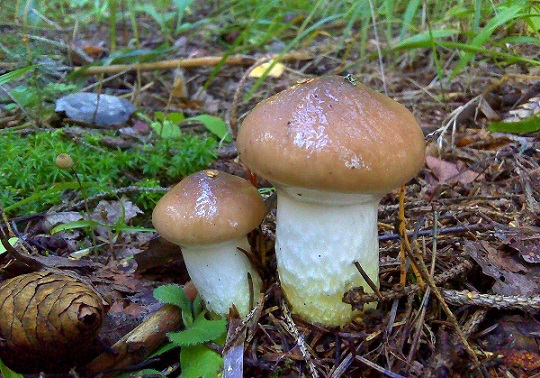

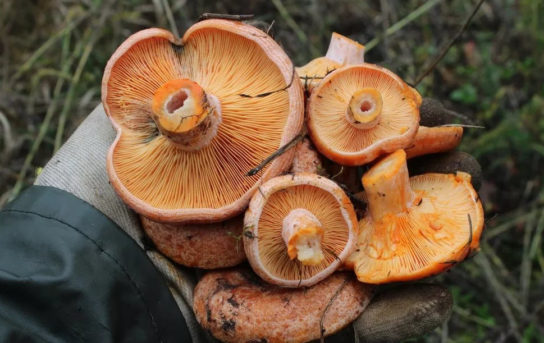
Honey fungus

Forest mushroom (Blagushka)
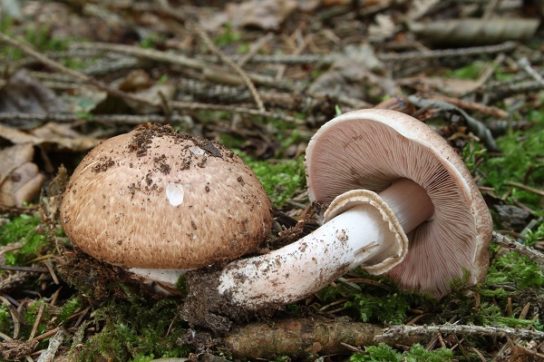
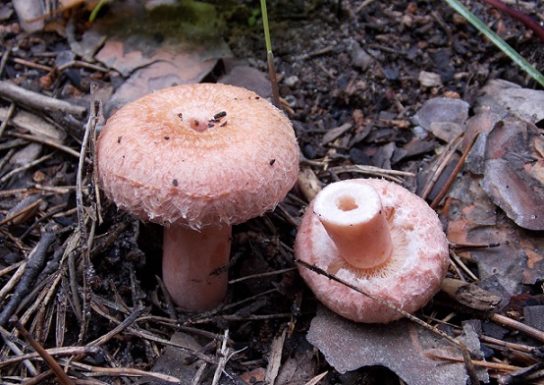
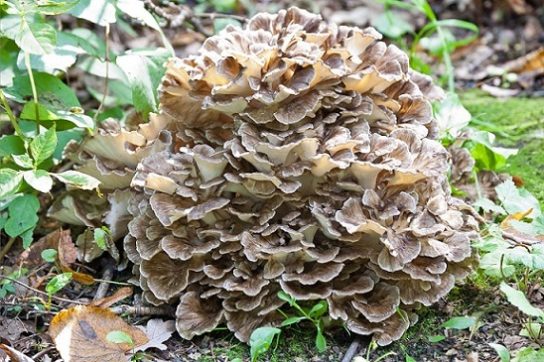
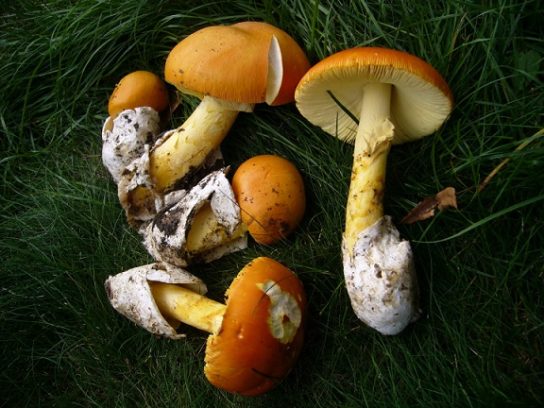

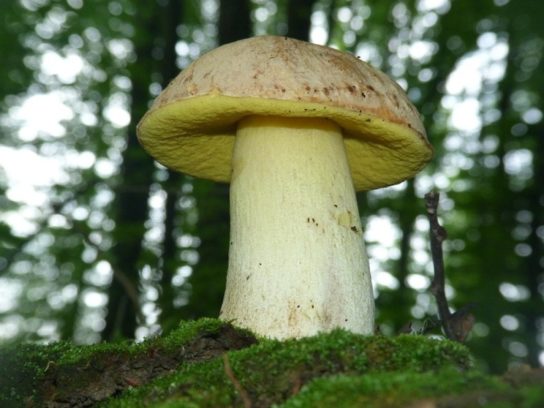
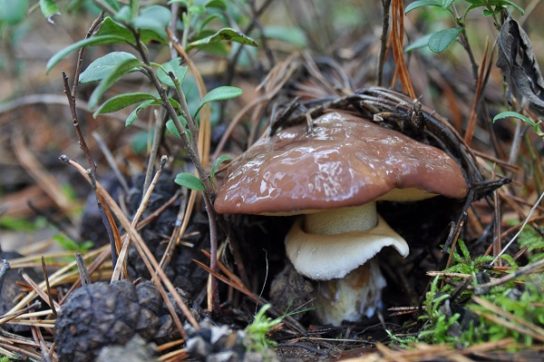
Chanterelle tubular

Pigeon row
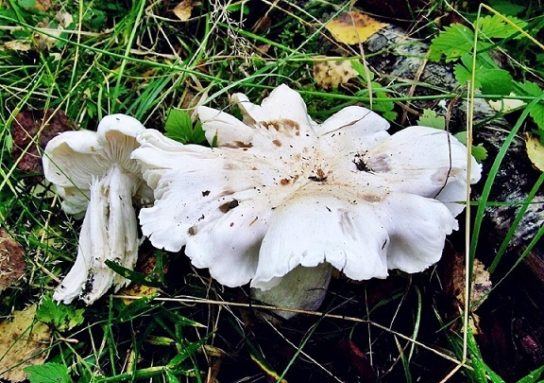

Boletus royal

Birch white mushroom
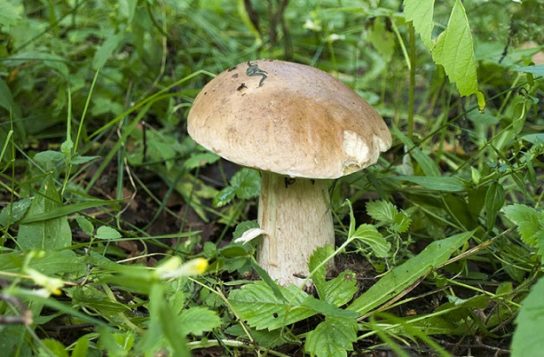
Coral Hericium
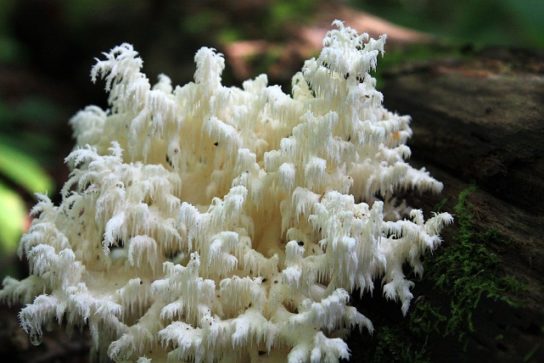
Talker smoky form white

Motley moss
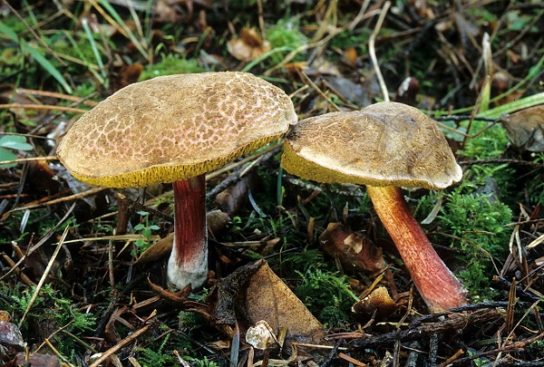
White oak mushroom (boletus net)

Shiitake

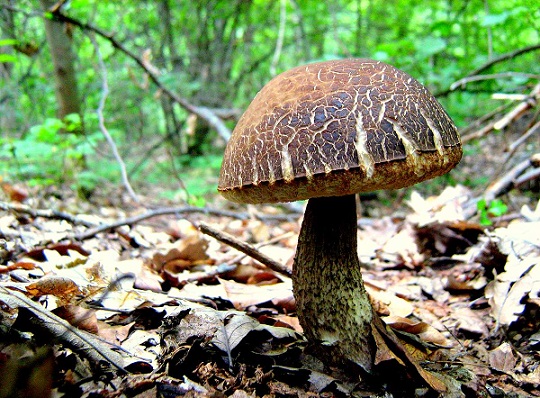
Miller oak
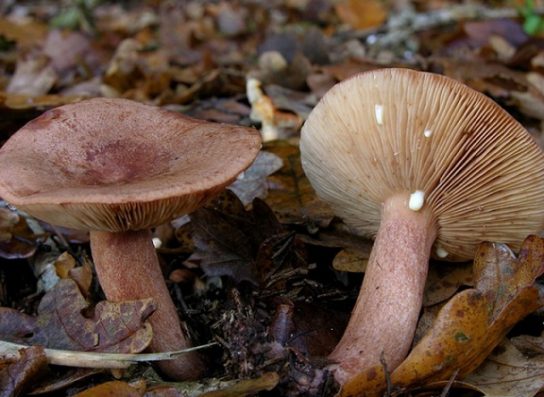

Thick-legged honey agaric
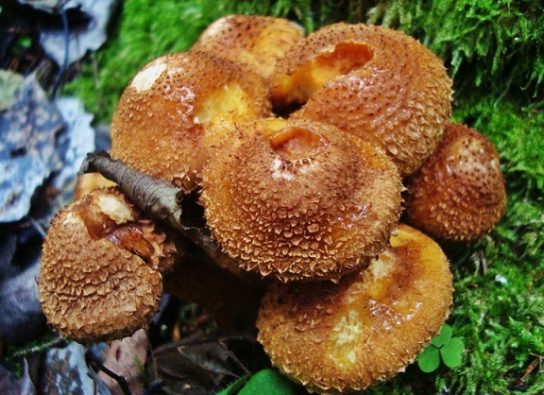
Bronze bolette (Bronze boletus)
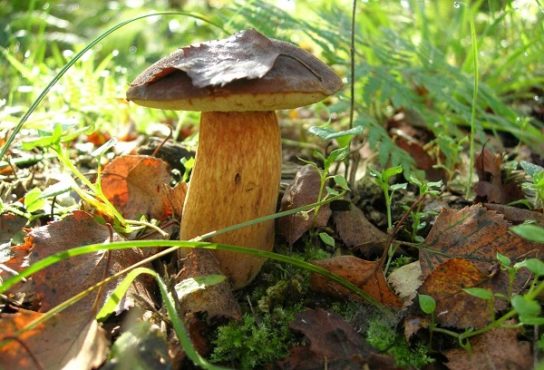
Common champignon
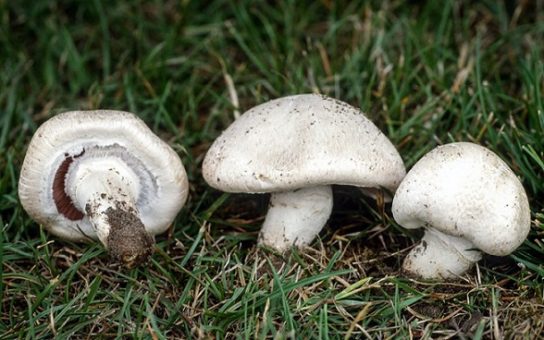
Camphor milky
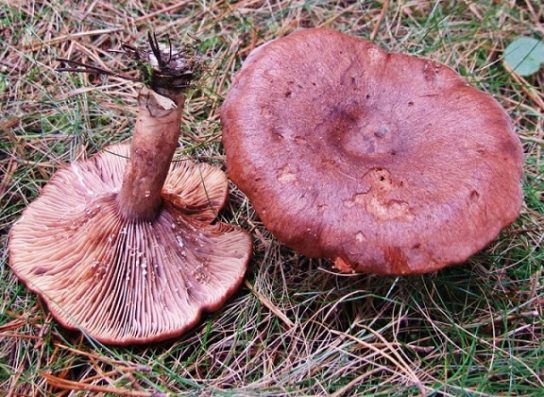
Umbrella white
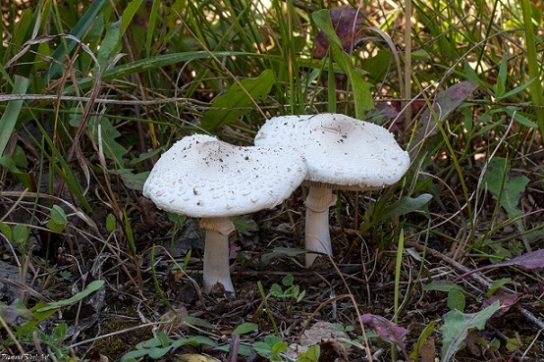
Scaly row
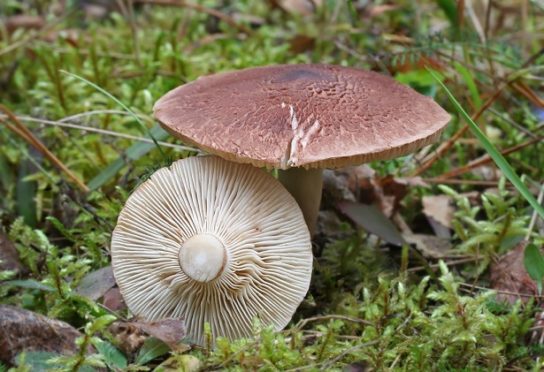
Spruce ginger

Boletus turning pink
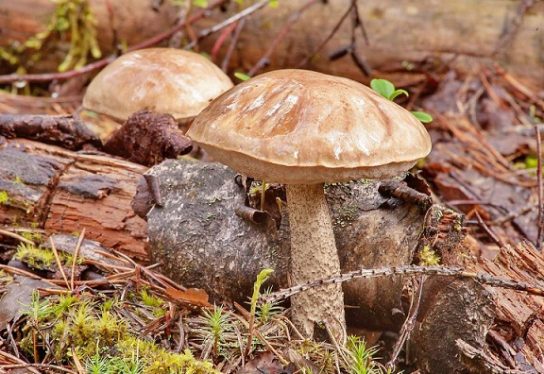
Oyster mushroom
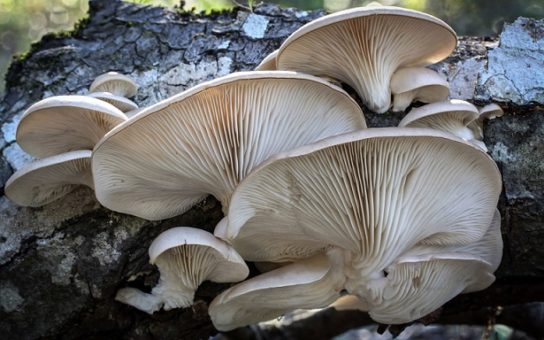
Pine mushroom

Gigrofor late
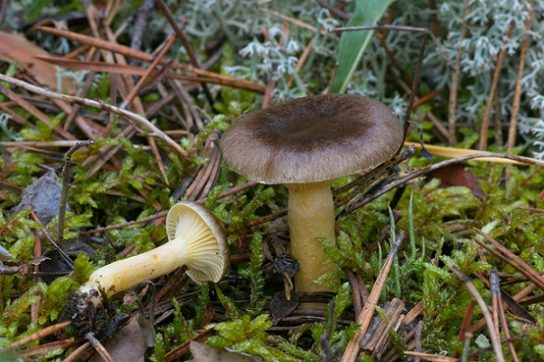
Royal oyster mushroom (Eringi, Steppe oyster mushroom)

Funnel talker
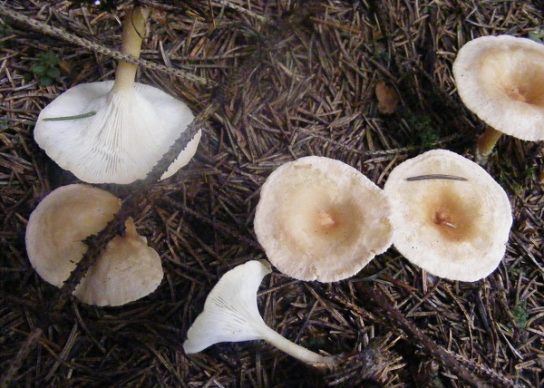
Mokruha purple
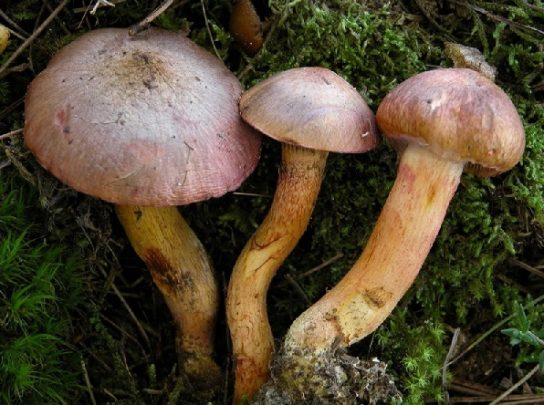
Boletus two-color
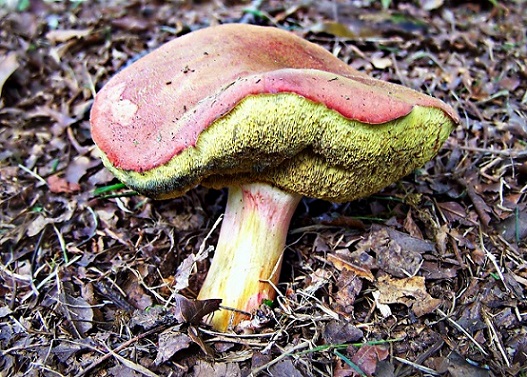
Swamp bush
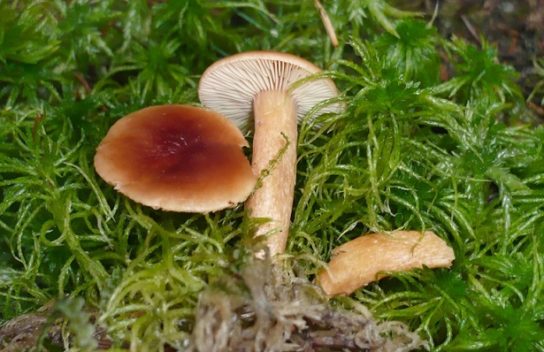
Lacobica vulgaris (Lacobica pink)
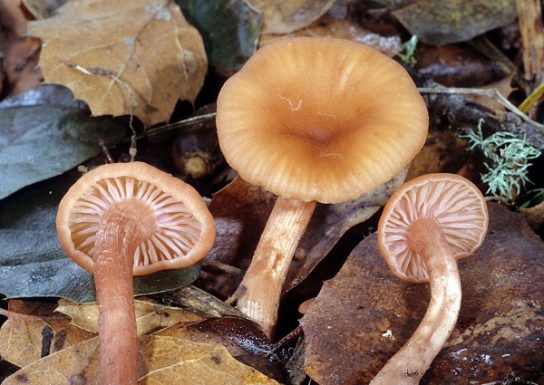
Oyster mushroom

Boletus red
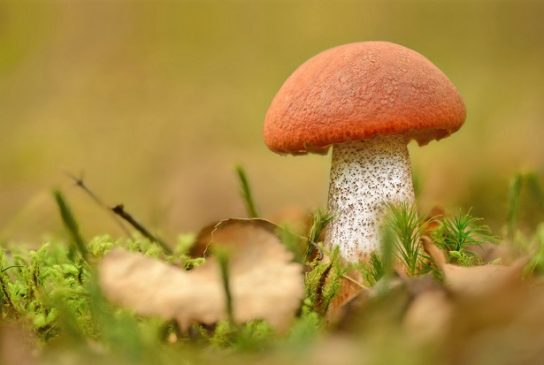
Curly Sparassis (Mushroom Cabbage)
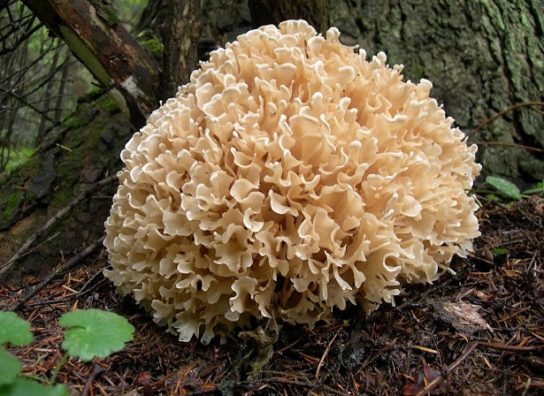
Boletus yellow
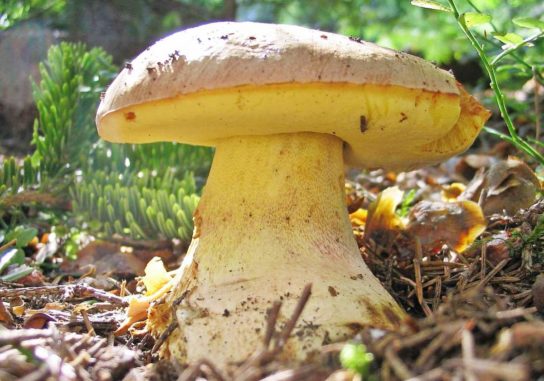
Violet row

Dark mushroom
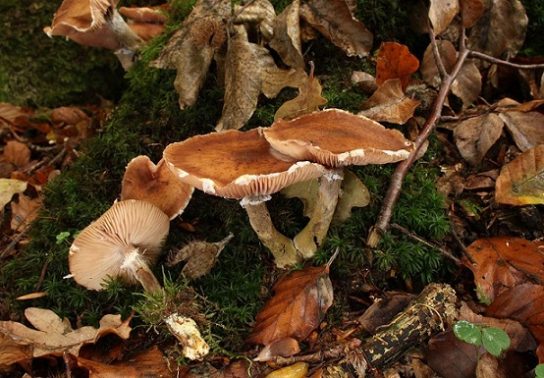
Belochampignon long-root

Granular oiler

Common garlic
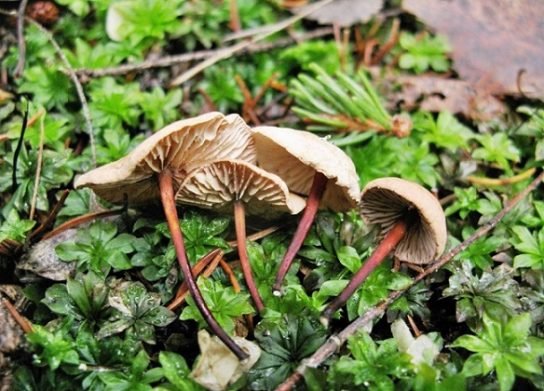
Porous boletus
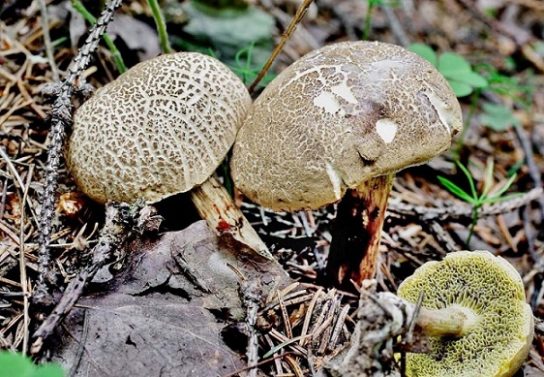
Baggy golovach
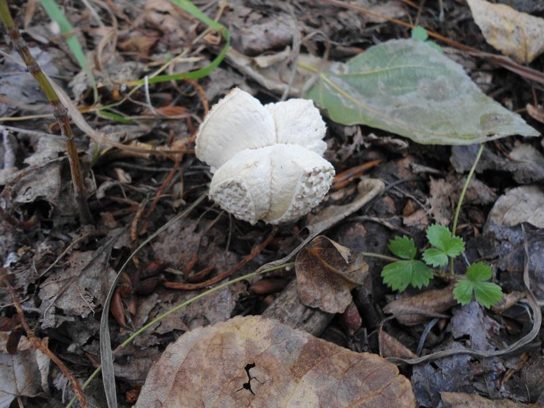
Reindeer rocking
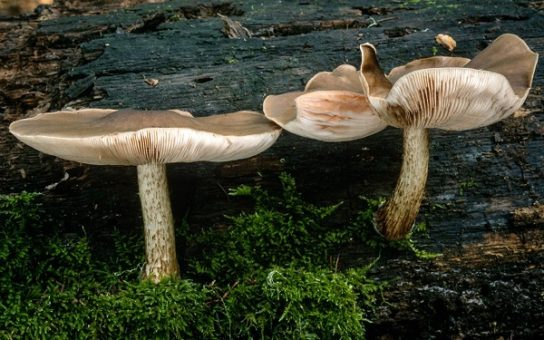
Boletus white
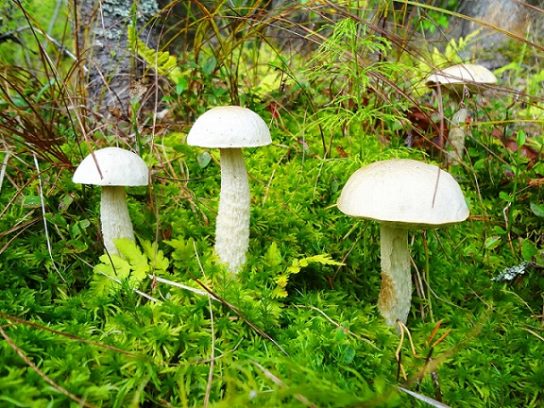
Gyroporus blue
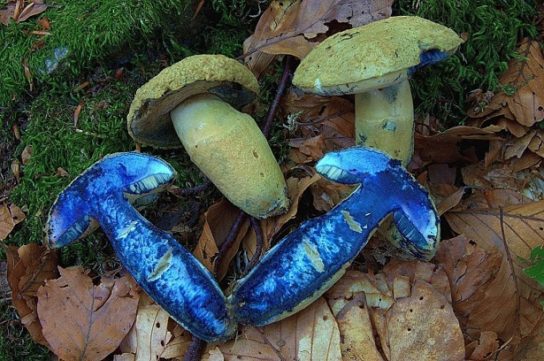
The row is dirty
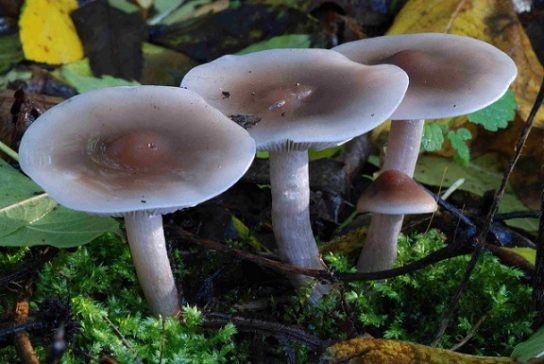
Summer truffle (Black Russian truffle)

Albatrellus confluent (Albatrellus confluent)
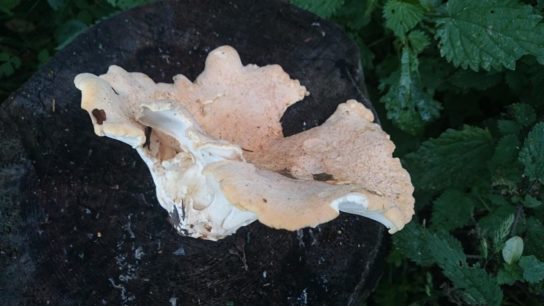
Champignon august
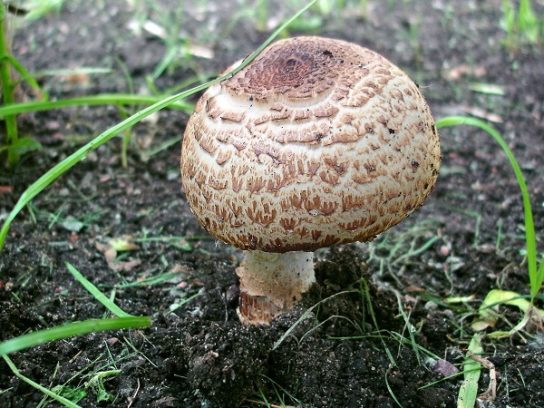
Common miller

Sarcoscif alai
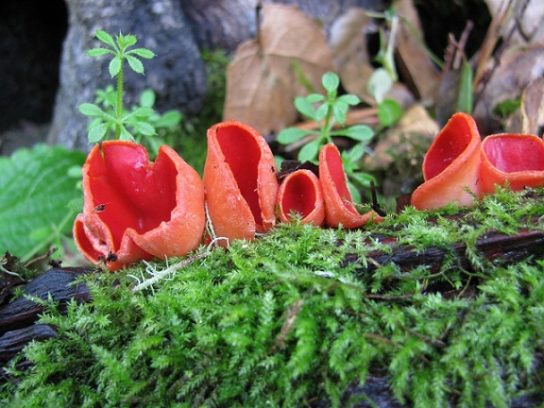
Borovik subordinate (Borovik maiden)
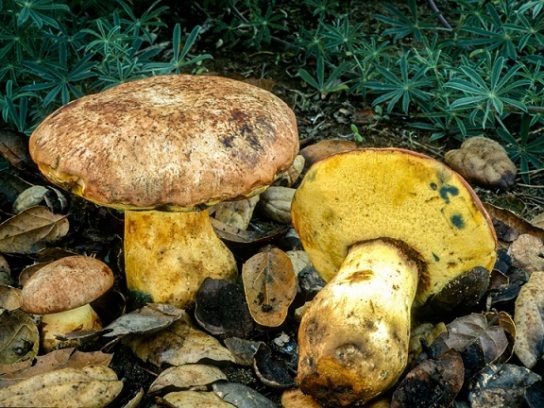
Tinder fungus bordered
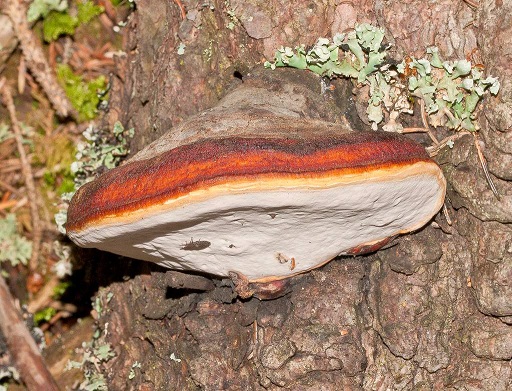
Powdered flywheel
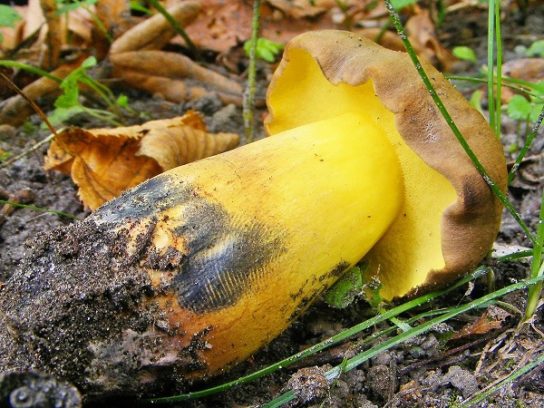
Field champignon
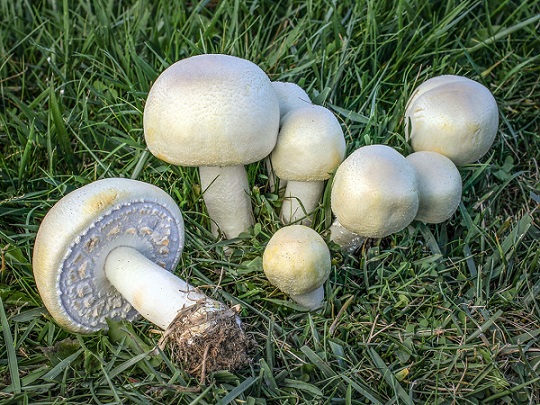
Winter talker
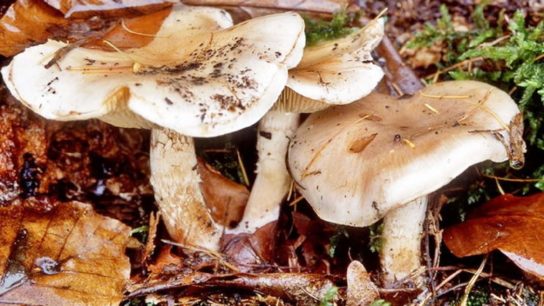
Broken row

Chestnut mosswheel
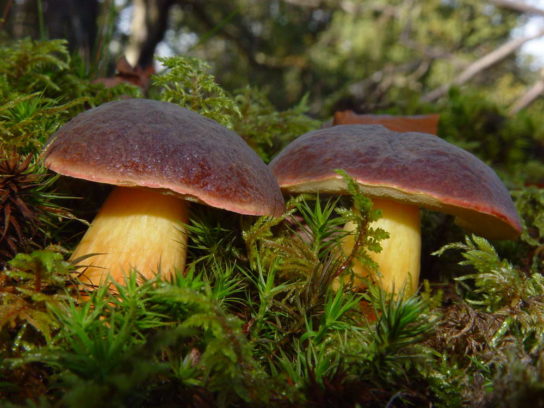
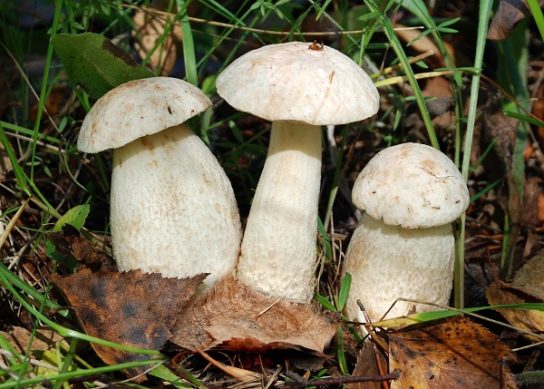
Morel is real

Blackening obbok

Stropharia rugose-annular (Annular)
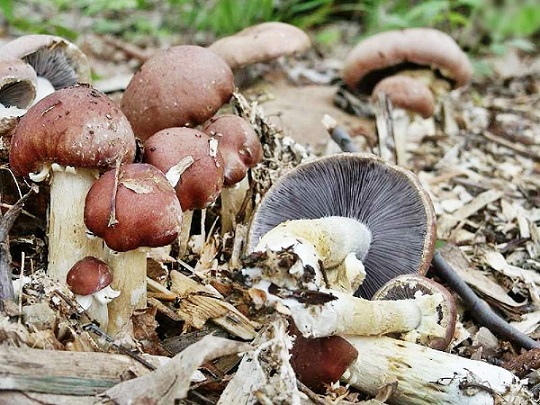
Row gigantic
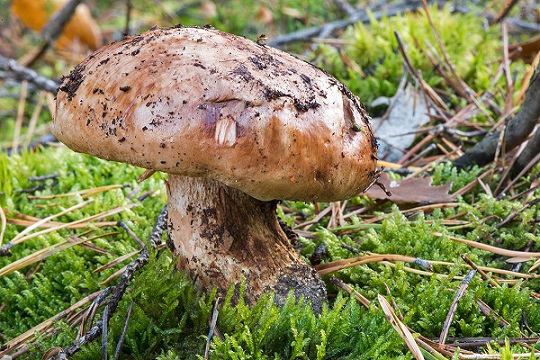
Oyster mushroom

Glaucous lactus
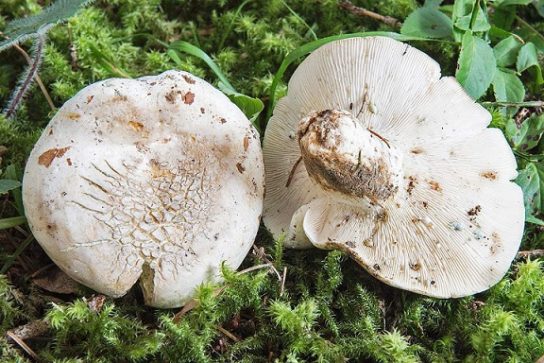
Subshen
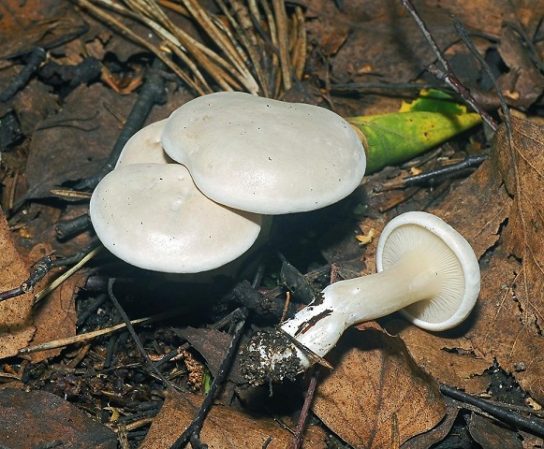
Cobweb soiling
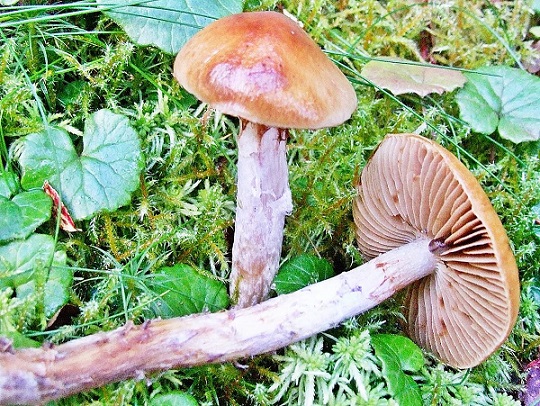
Green-red russula (kidney russula)
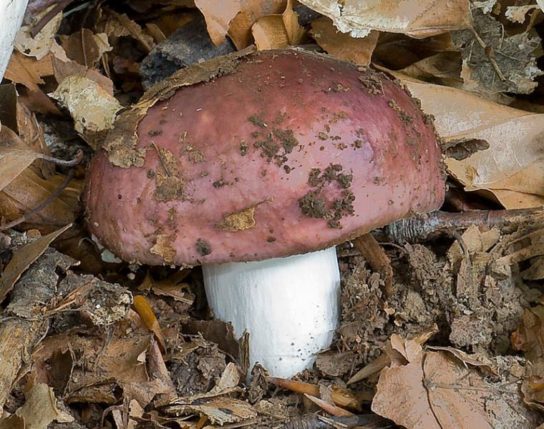
Gigrofor spotted
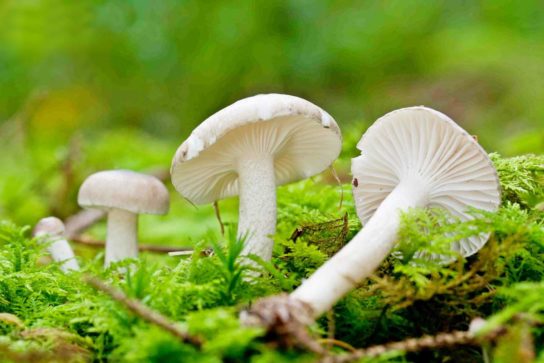
Boletus Burroughs
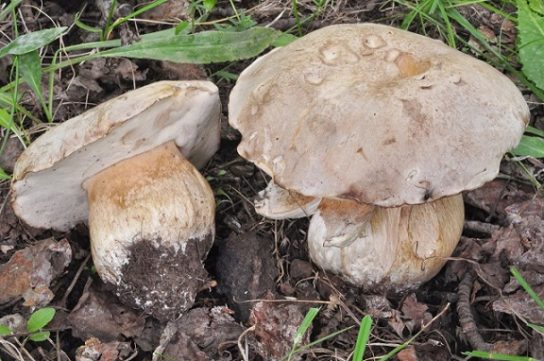
Gray russula
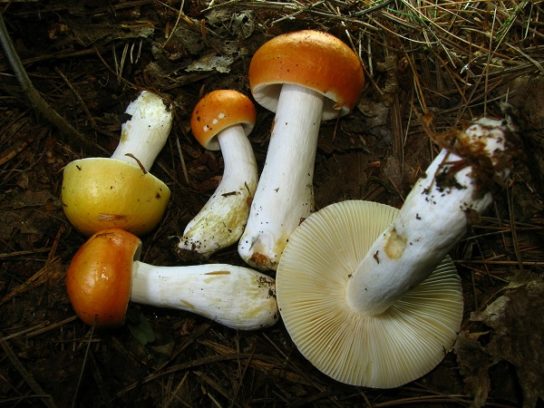
Champignon double-peeled
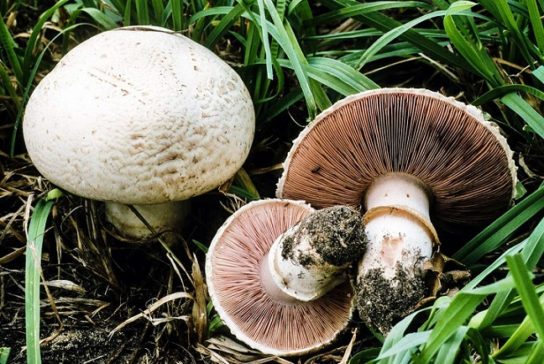
Asian boletin
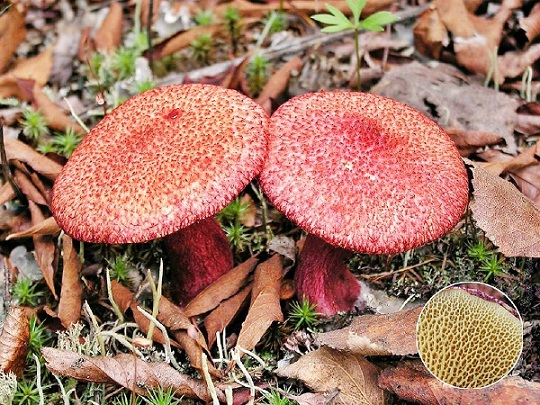
Horny horned


Lead-gray flap
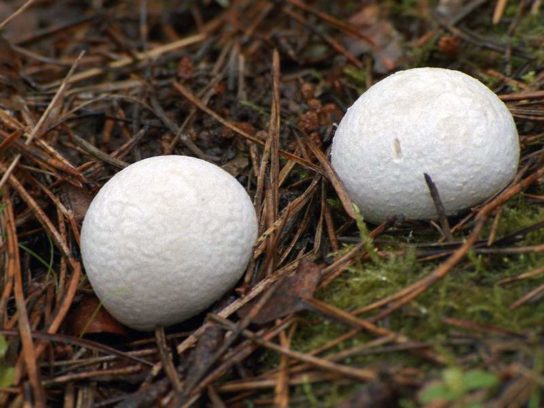
Deciduous oil can

Umbrella girlish

Chanterelle pale (Chanterelle white)
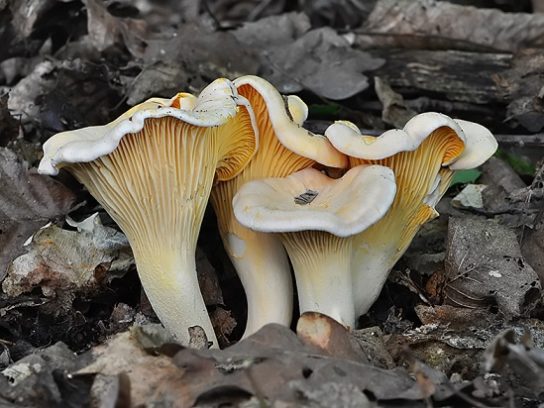
Oiler red
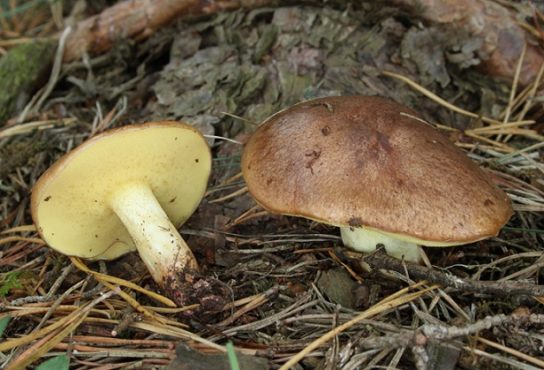
Orange shiver
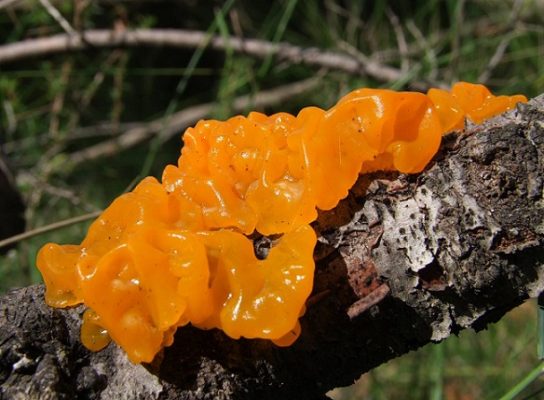
Horn-shaped funnel
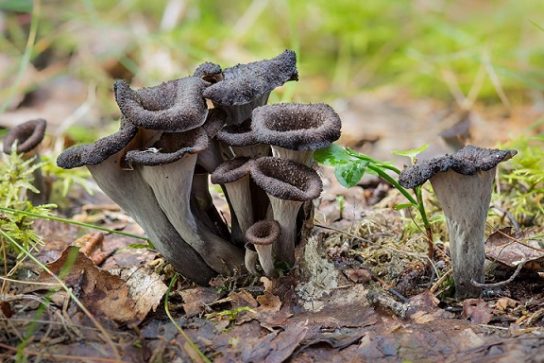
Boletus oak
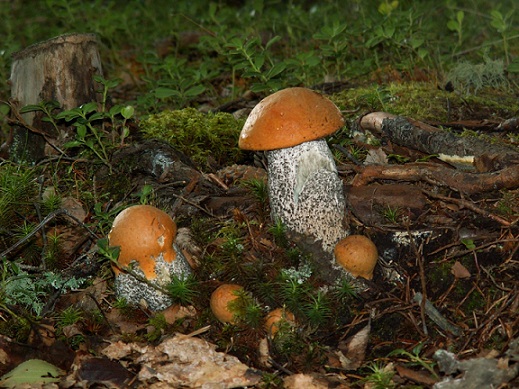
Matsutake
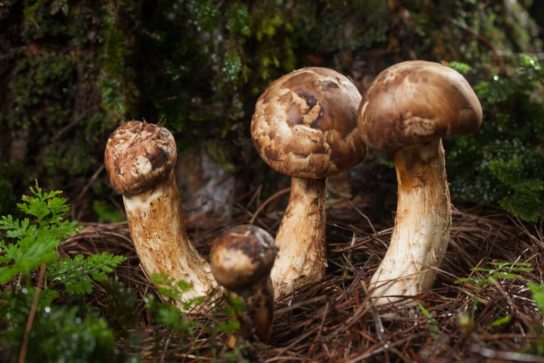
Brownish milky
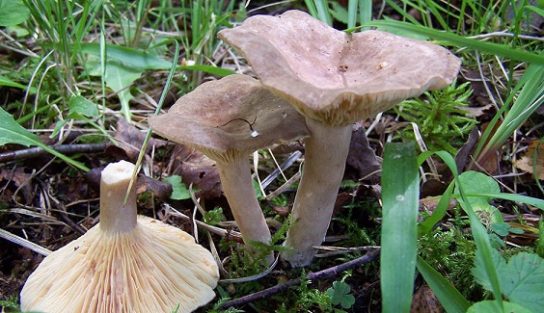
Mayor's Miller

Leukofoliota woody
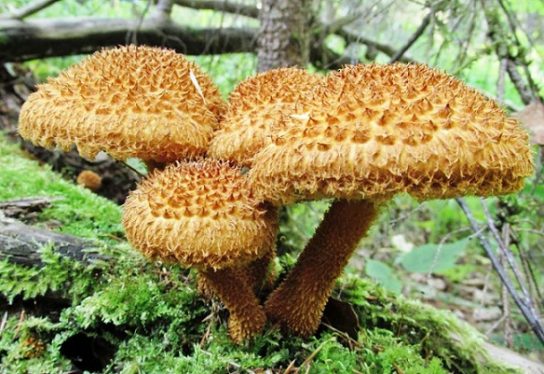
Far Eastern obabok
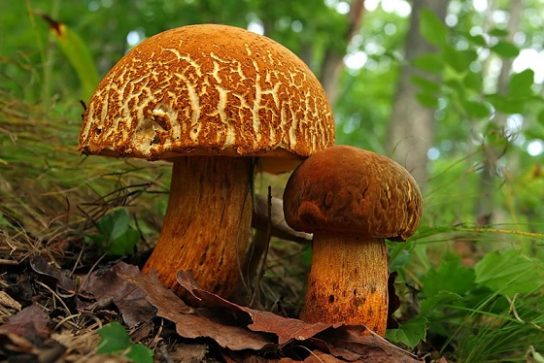
Gypsizigus elm
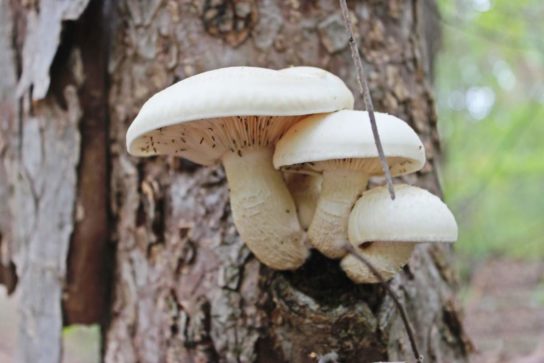
Miller is not caustic
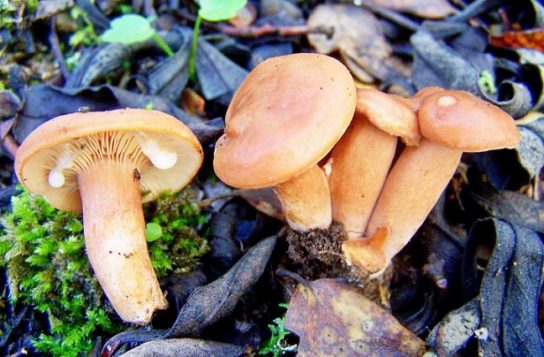
Velvet mosswheel
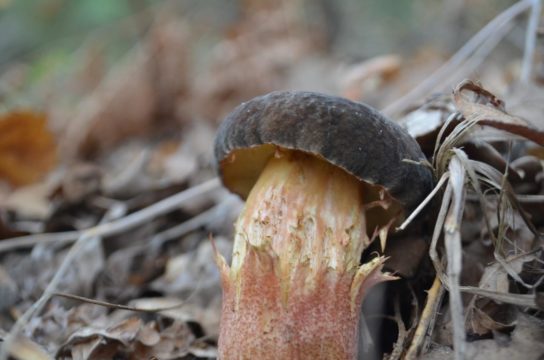
Boletus golden
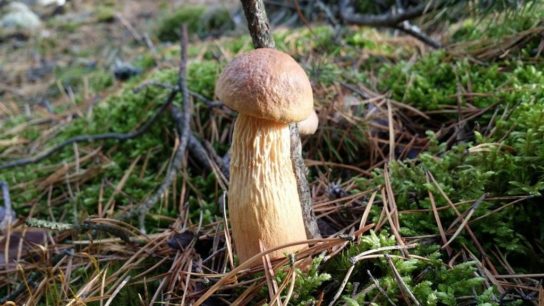
Marsh russula
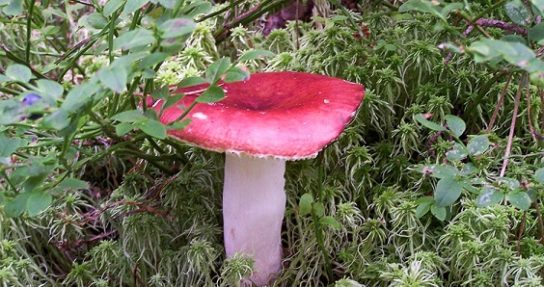
Red ginger
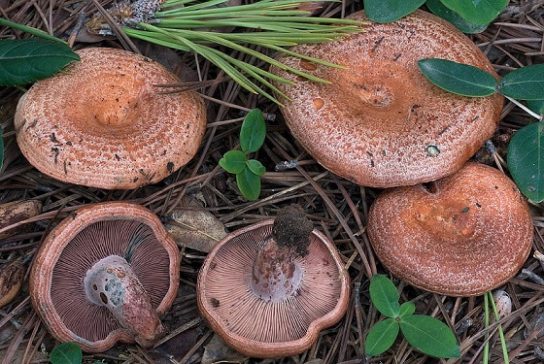
Edible russula or edible russula

Cedar oil can
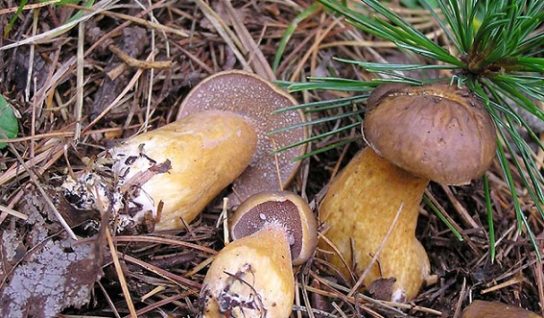
Marsh boletus
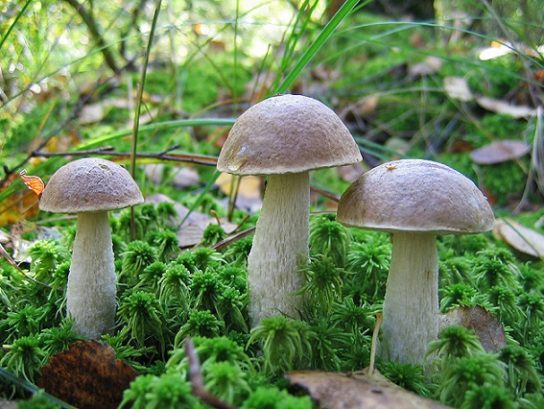
Rizopogon ordinary
Brown russula

Golovach oblong (elongated raincoat)

Row-shaped pseudo-guinea
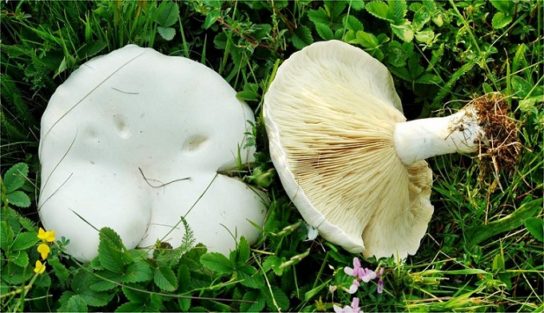
Truffle black

Scaly russula
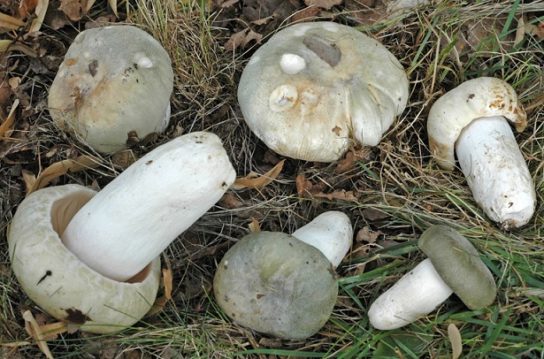
Borovik Fakhtner
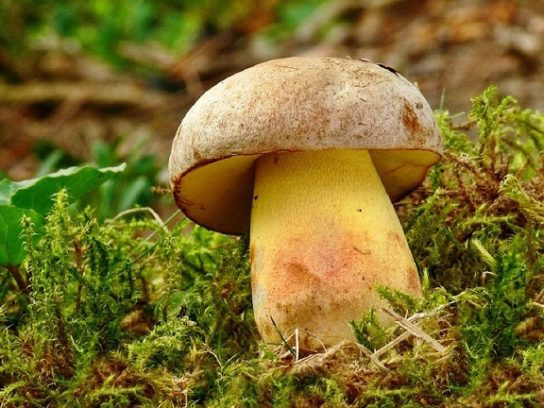
Almond russula
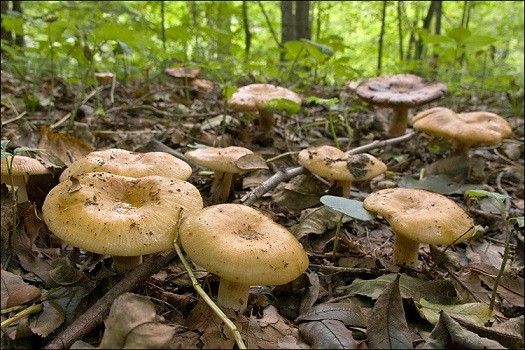
Semi-pierced bolette
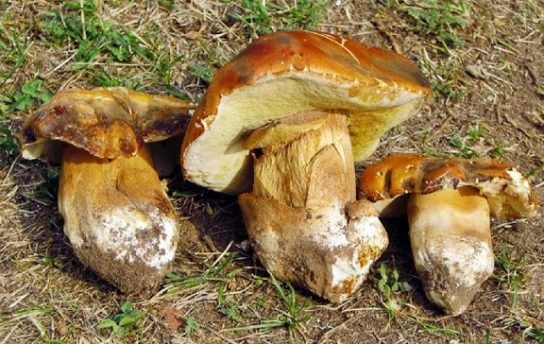
Hericium's antennae
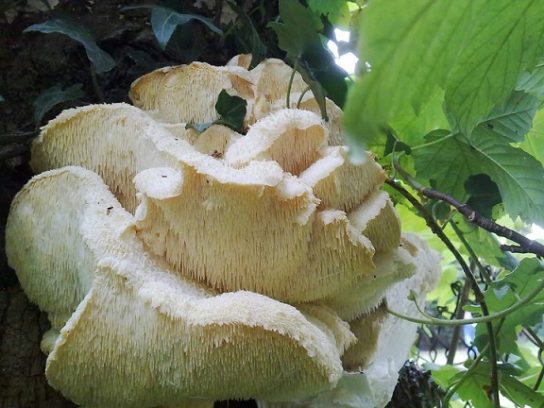
Early polevic
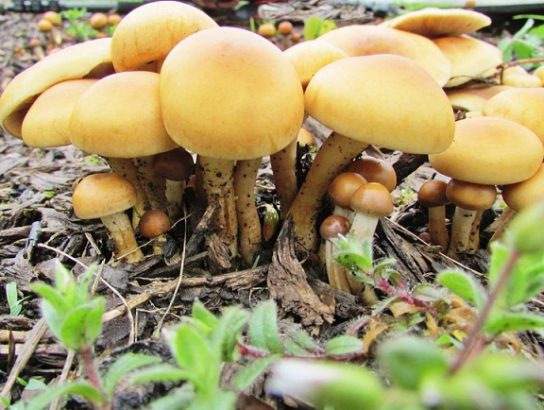
Pine boletus
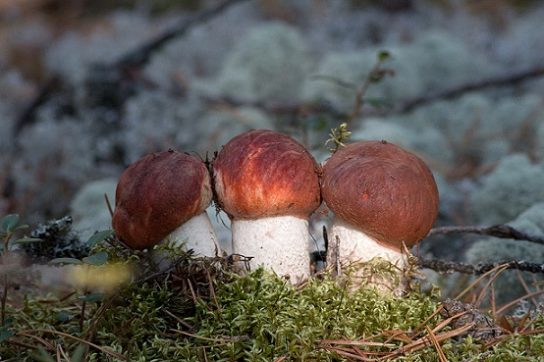
Big webcap
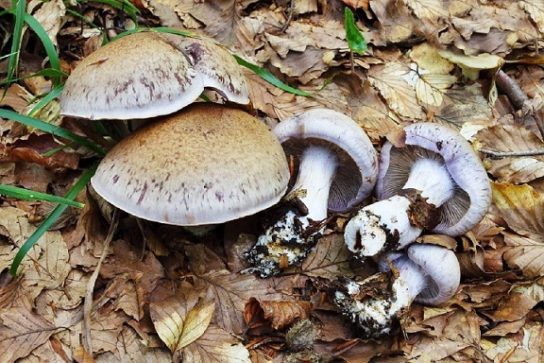
Podalder
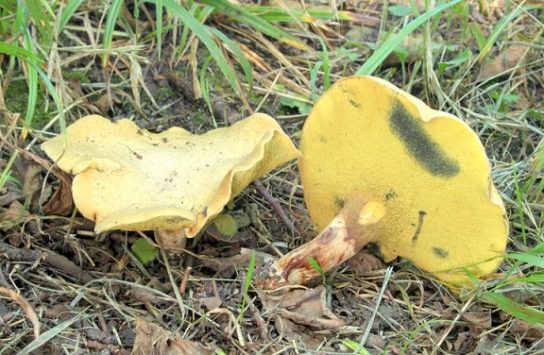
Hericium white
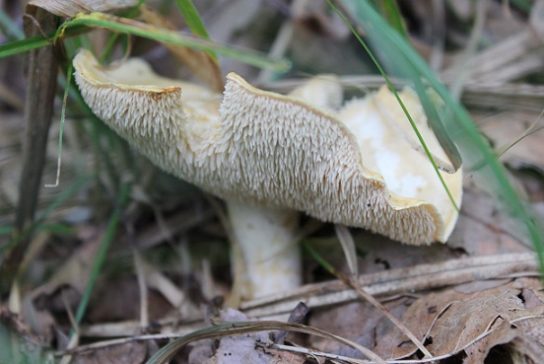
Drying mushroom
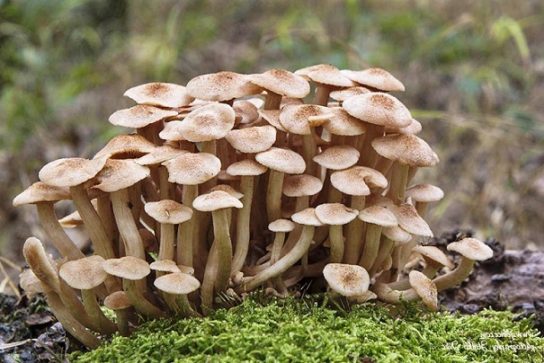
Poplar honey mushroom

Greyish oiler

Oiler white
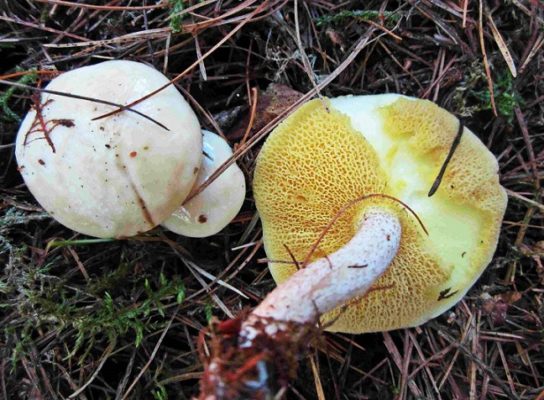
Cellular polypore
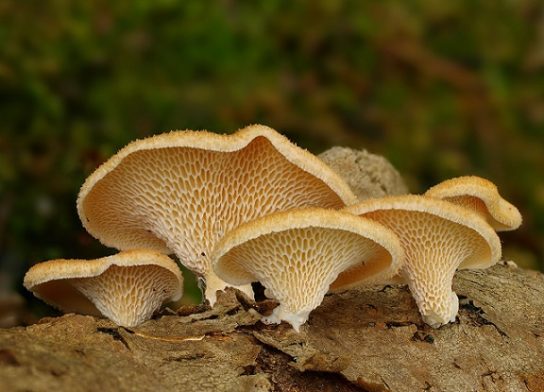
Shod row

Cylindrical vole
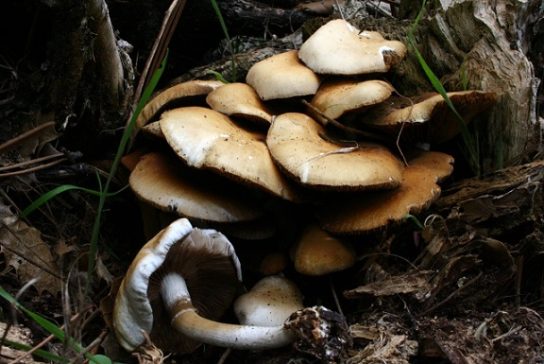
Mitsenastrum leathery
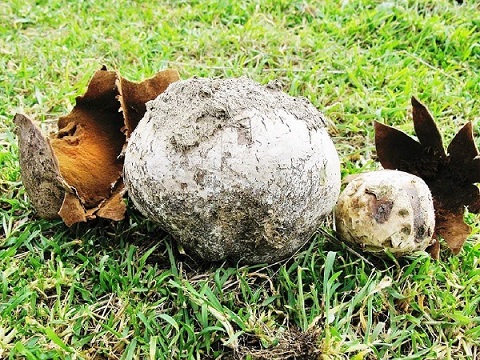
Large-spore champignon
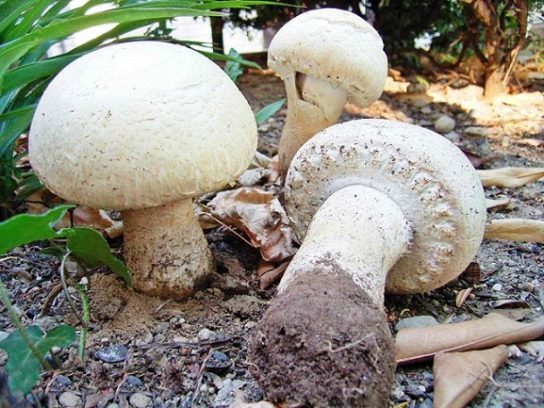
Boletus yellow-brown
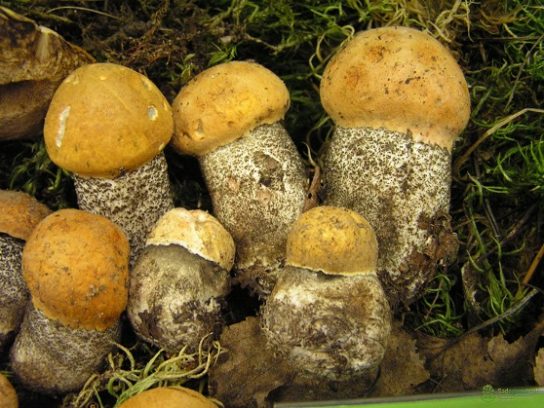
Boletin notable

Hypomyces lactic
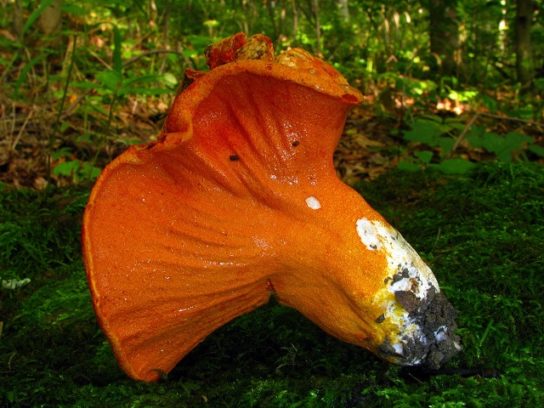
Russula golden-red
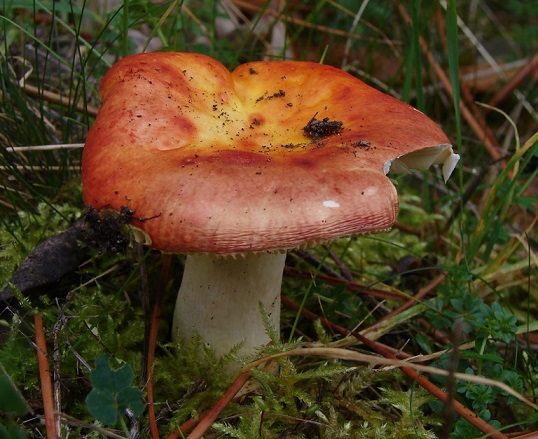
Ruby oil can

Steppe morel
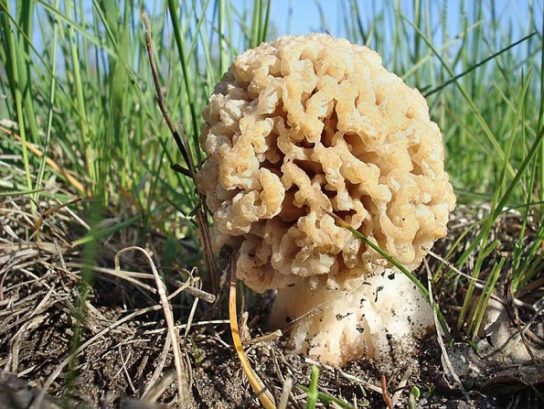
Boletus multicolored

Noble rogue

Oiler red-red
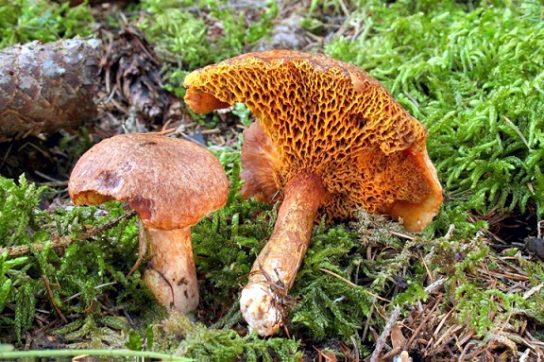
Curve champignon
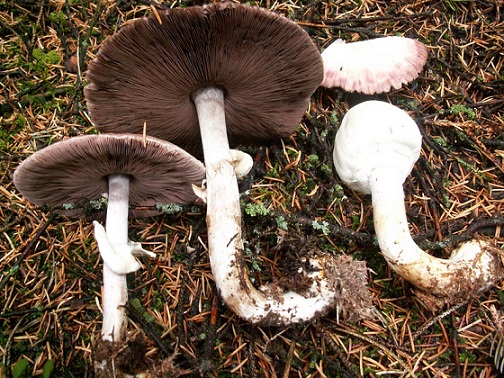
Boletus harsh
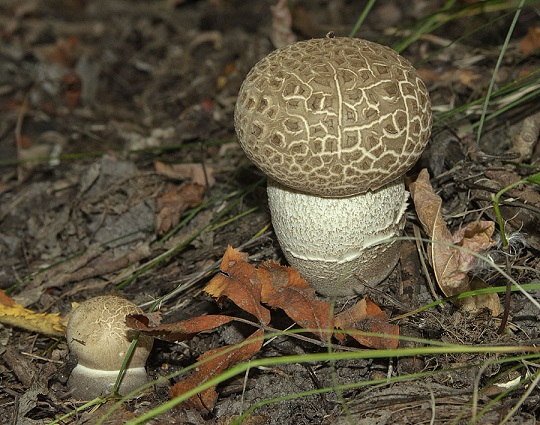
Champignon tabular
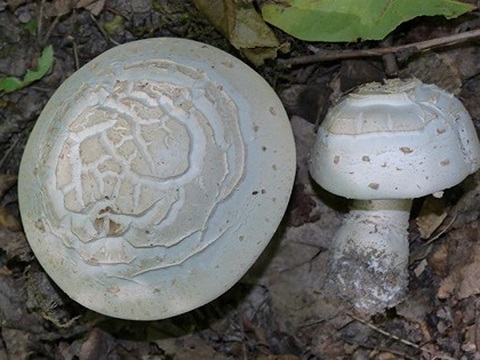
Russula morse
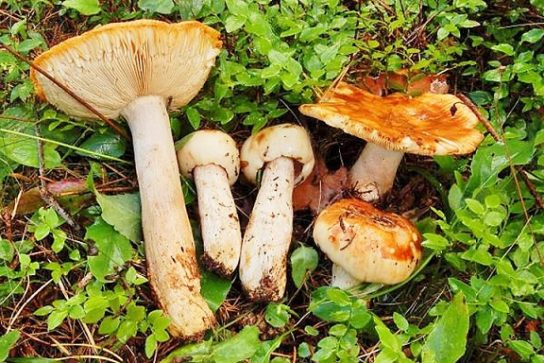
Italian truffle
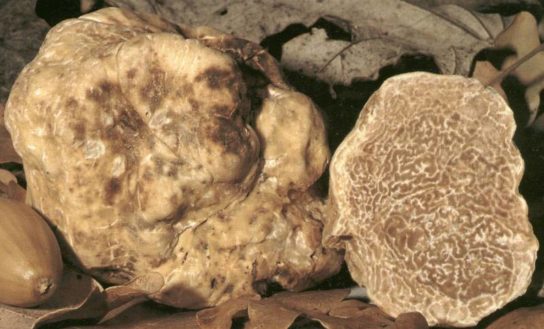
Amethyst chanterelle
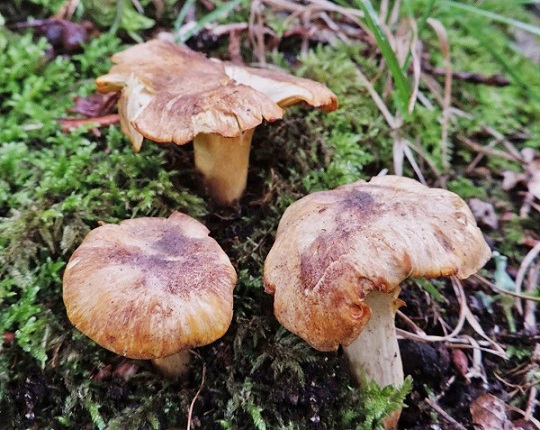
Two-ring champignon
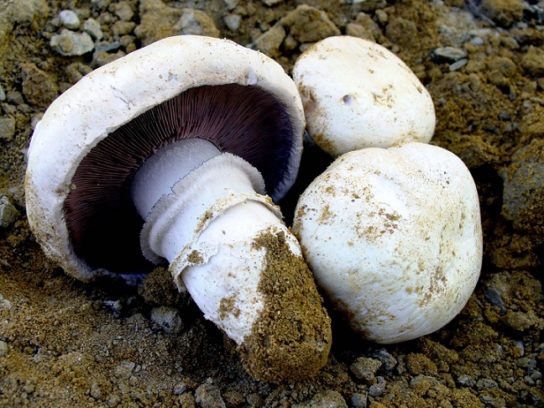
Hericium comb
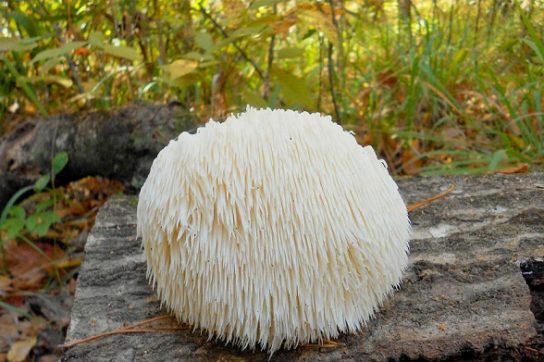
Zoneless Miller

Japanese ginger
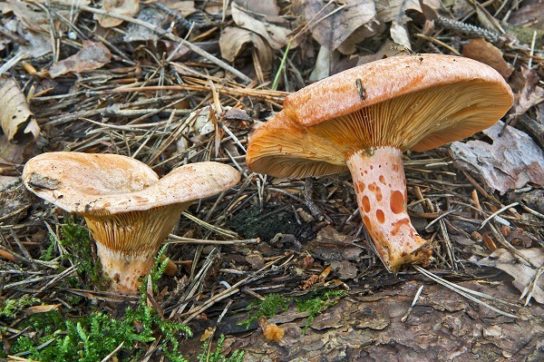
Shiver fucus
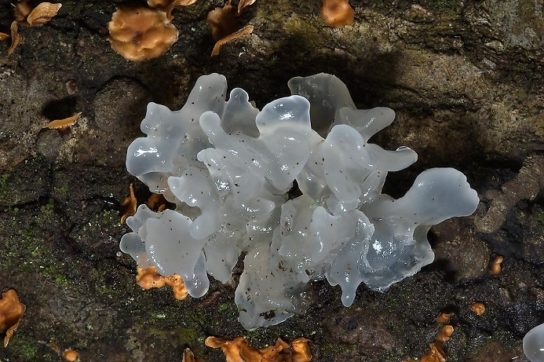
Collibia Azema
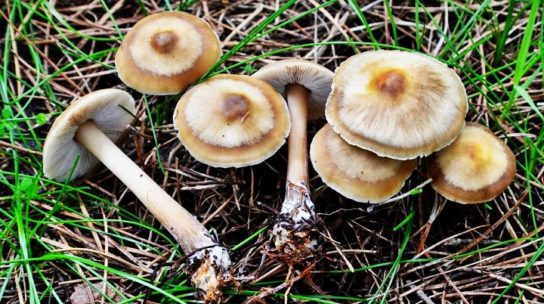
Russula blue-yellow
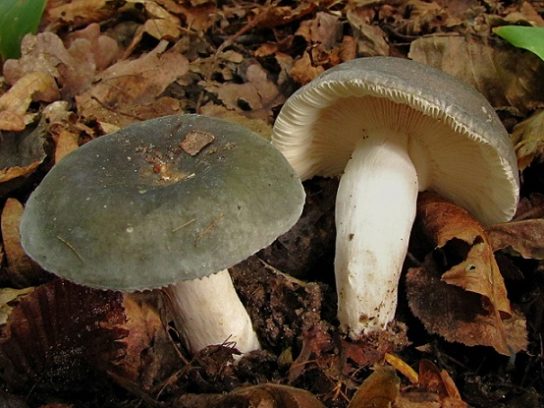
Scaly scales
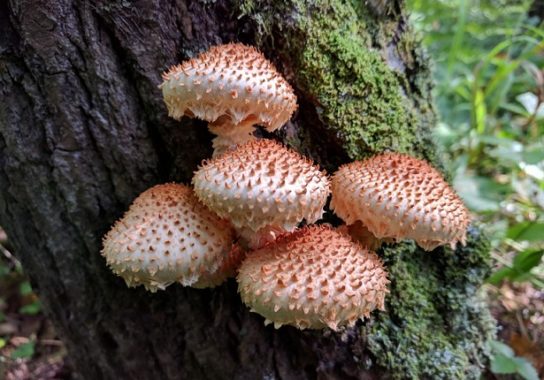
Moravian moss
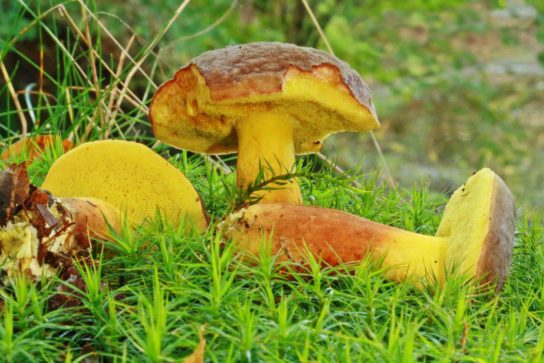
Whole russula

Webcap gray-blue
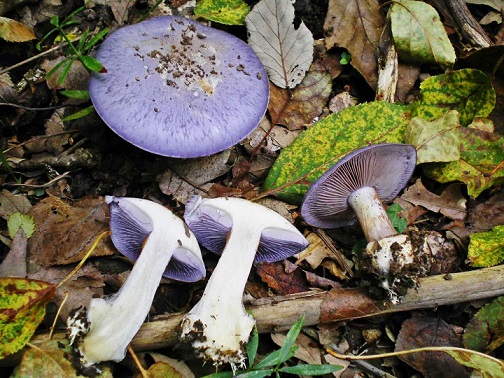
Xerula root
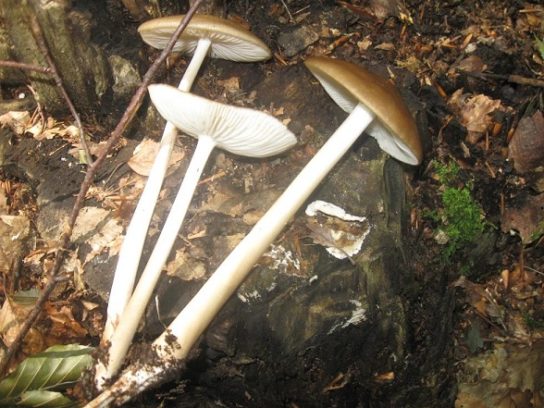
Gigrofor russula
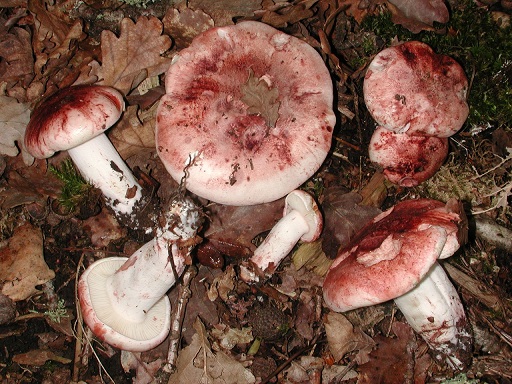
Edible flakes

Gigrofor black

Champignon dark red

Champignon graceful

Siberian butterdish

Imperial catatelasma
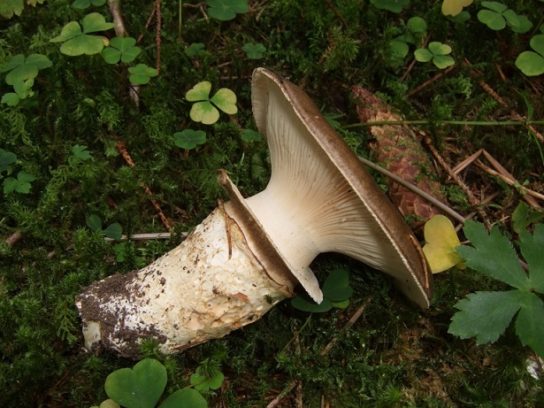
Lentinellus ear-shaped
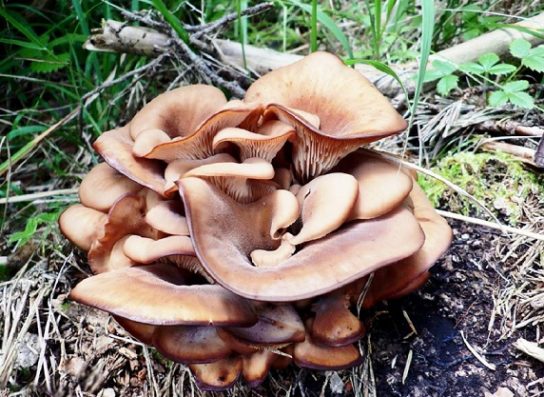

Psatirella chestnut
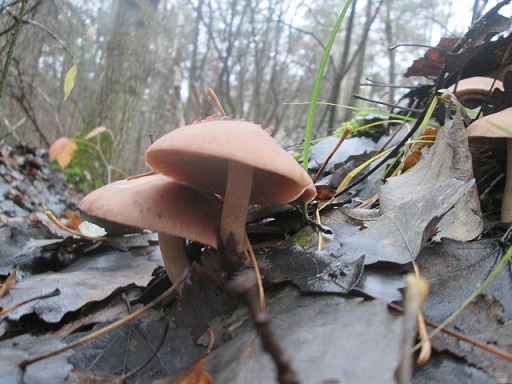
Russula golden
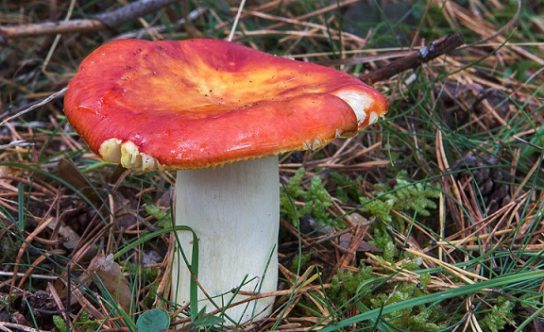
Gigrofor blushing
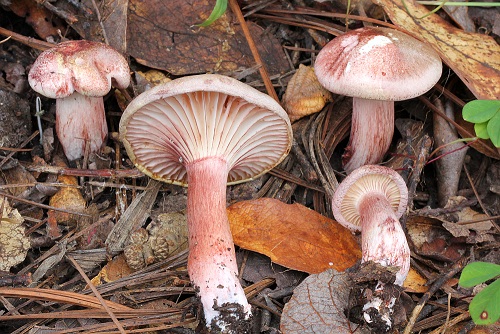
Belochampignon red-lamellar
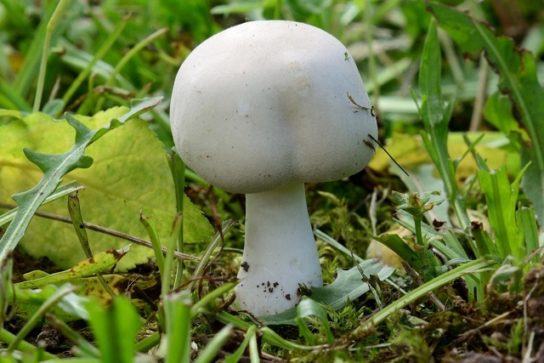
Russula blue
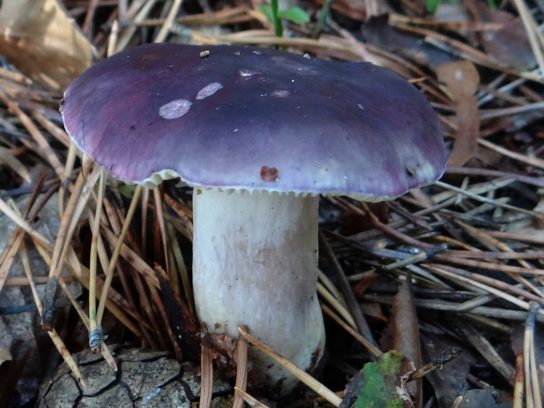
Chanterelle clavate

Mokruha felt
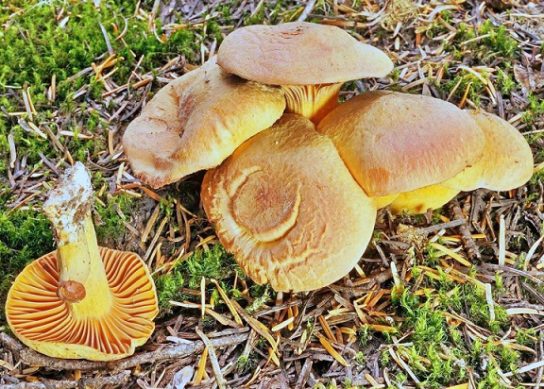
Melanoleuca straight-footed

Early Gigrofor

Gigrofor yellowish-white

Cystoderm is red
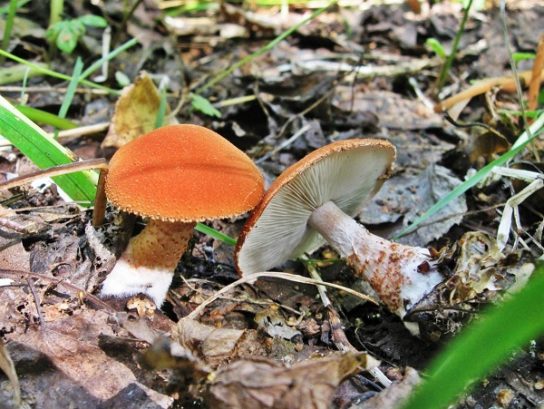
Painted oil can
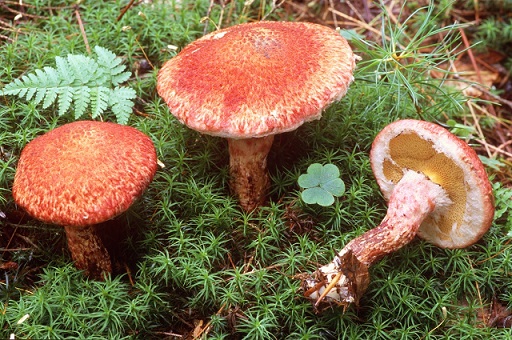
Melanoleuca striped

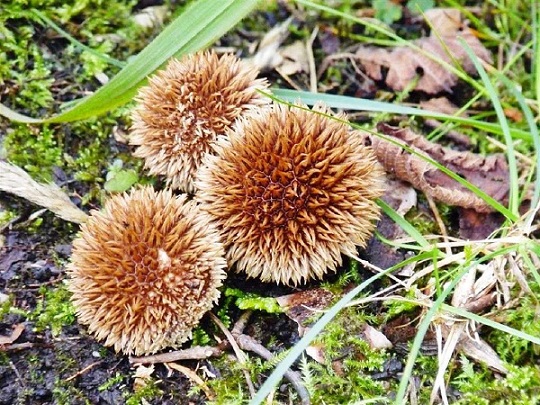
Alpine Hericium
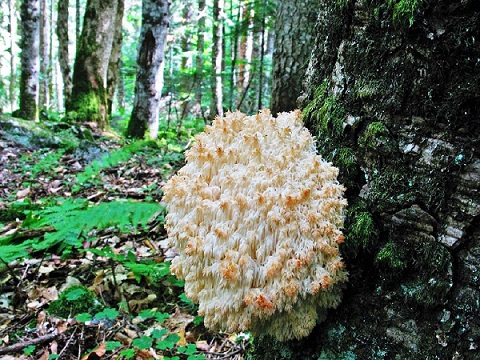
Bellini Butter Dish
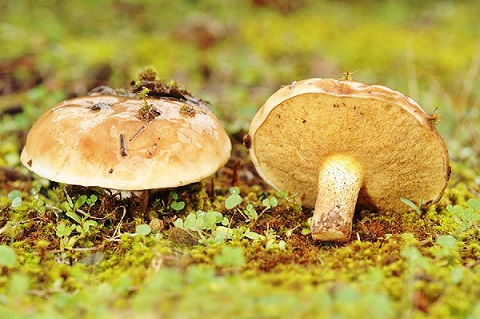
Melanoleuca short-legged
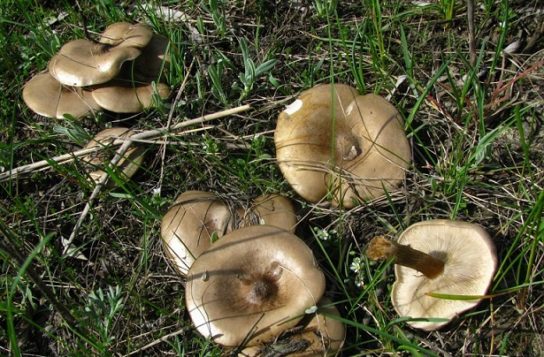
Hygrocybe crimson
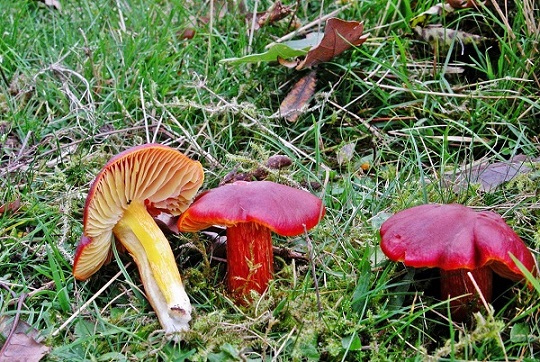
Turkish russula
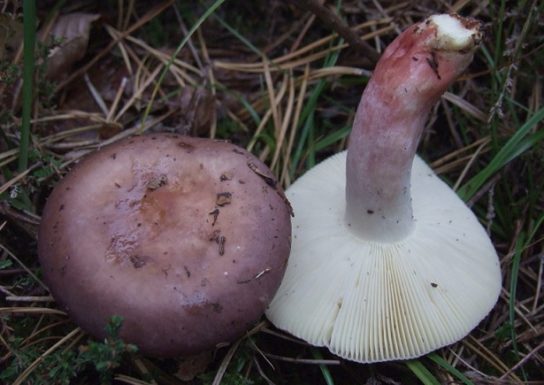
Lemon oyster mushroom
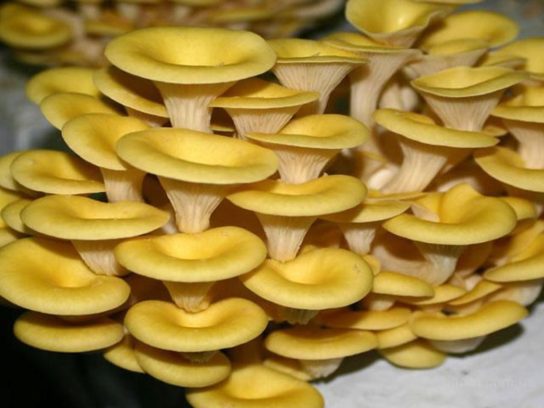
Champignon Esseta

Gigrofor meadow
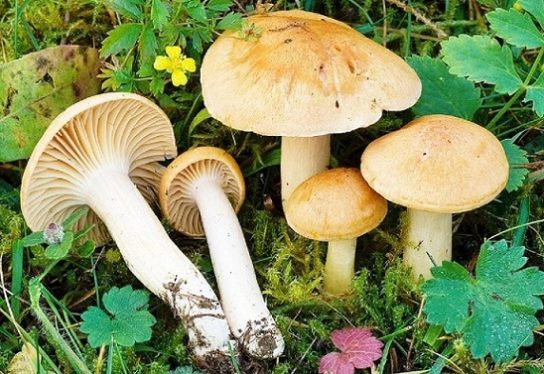
Morel semi-free
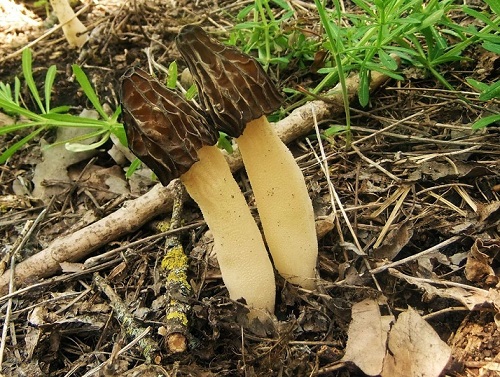
Steamed champignon

Swollen catatelasma
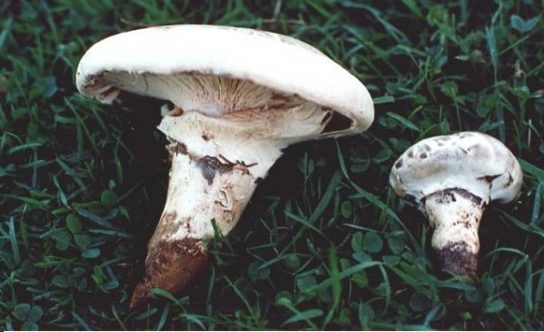
Xerula bloated
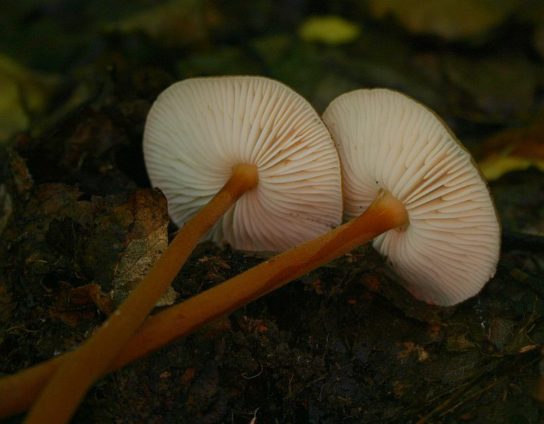
Gigrofor golden
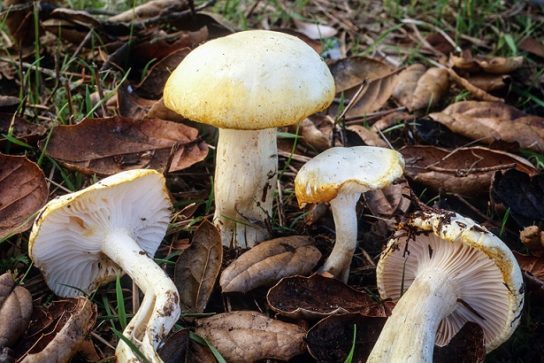
Ragged raincoat
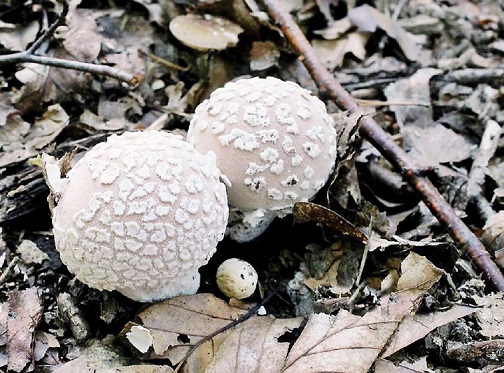
Truffle black winter
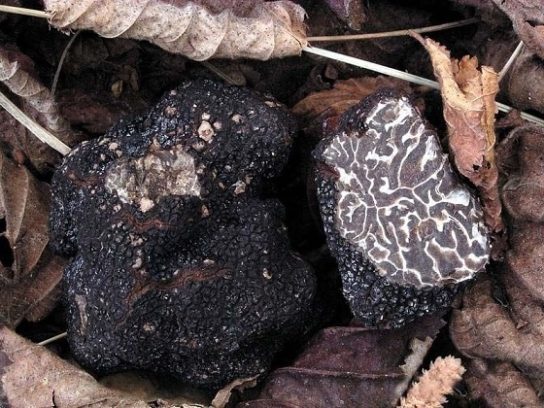
Large garlic
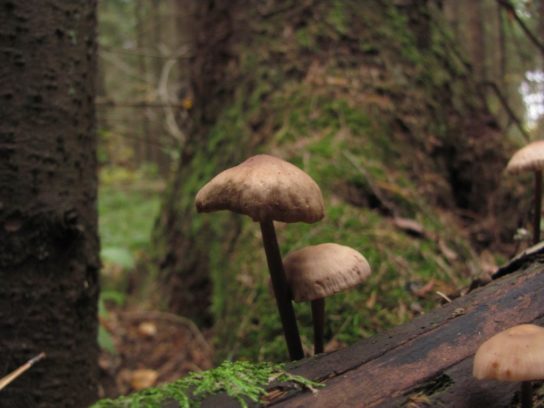
Gigrofor poetic
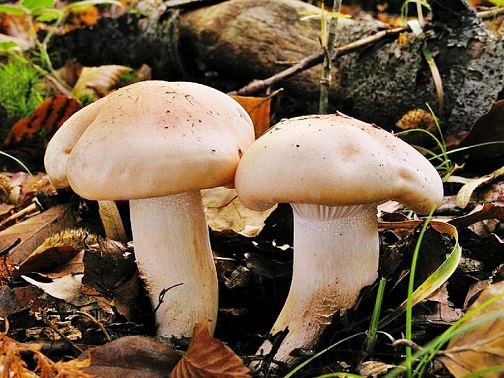
Gigrofor snow-white
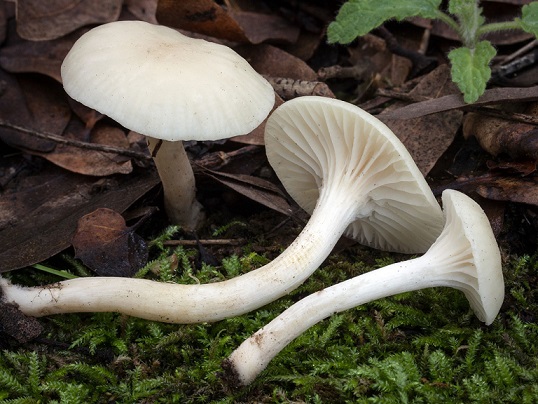
Hymnopus water-loving
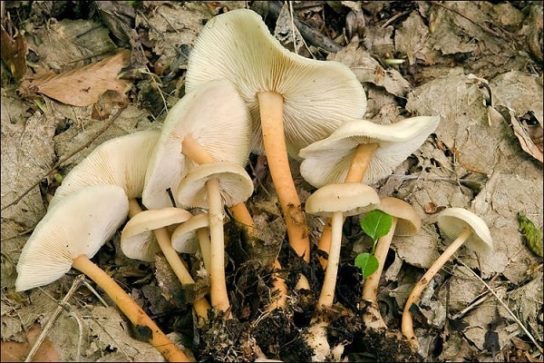
Truncated horn
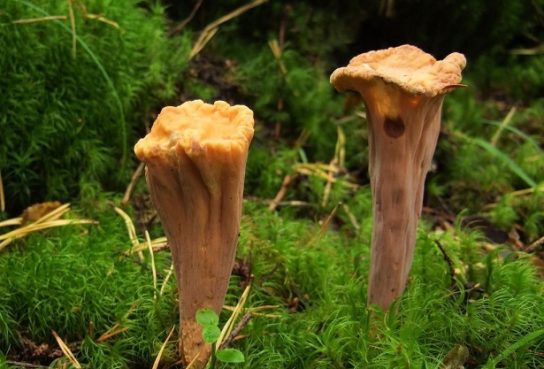
Champignon half-shoe
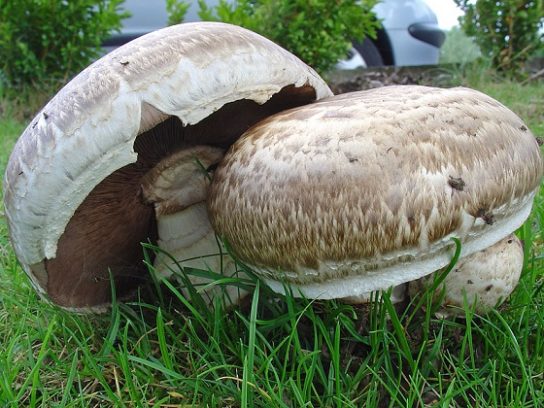
White March truffle
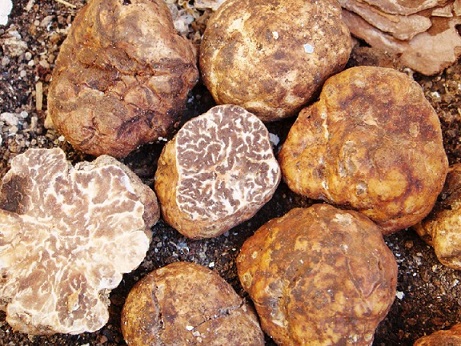
Milk mycena
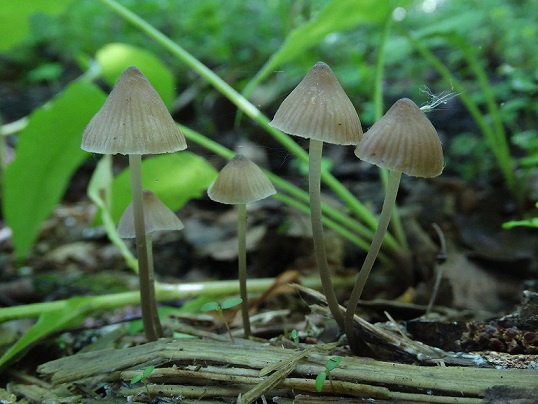
Hepinia helvelloid
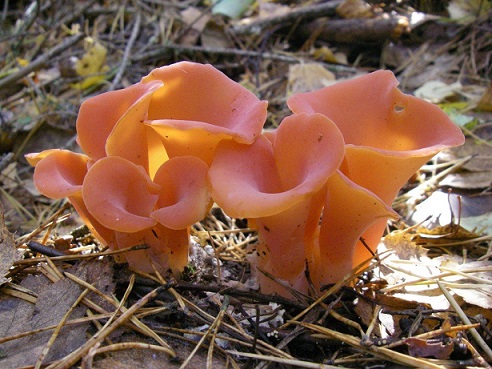
Spherical

Gymnopus yellow-lamellar
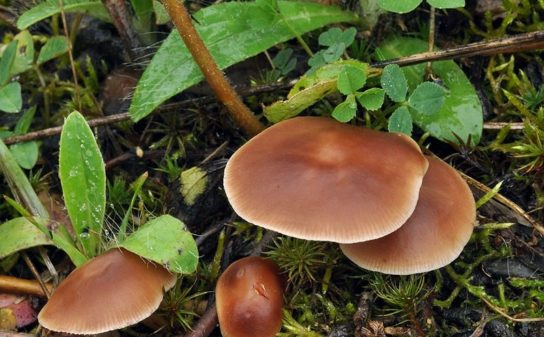
Yellow-colored raincoat
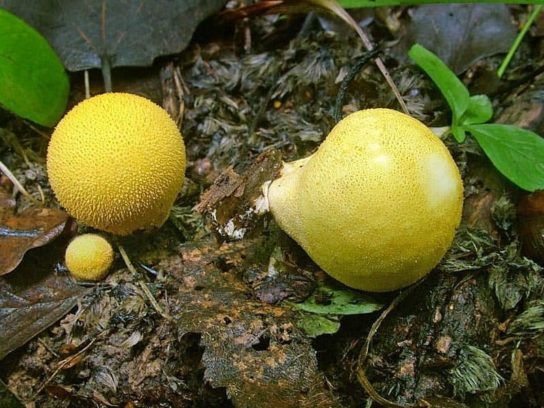
African truffle

White pig tricolor
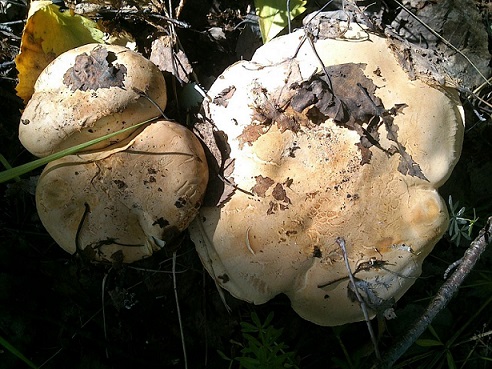
Riken's floccularia
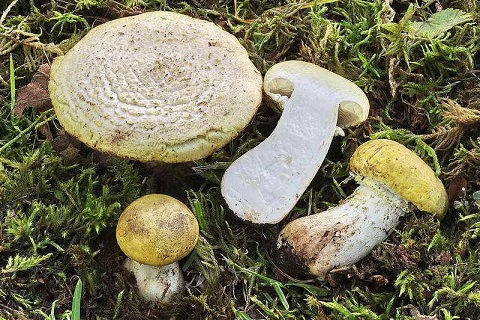
Flocullaria straw yellow
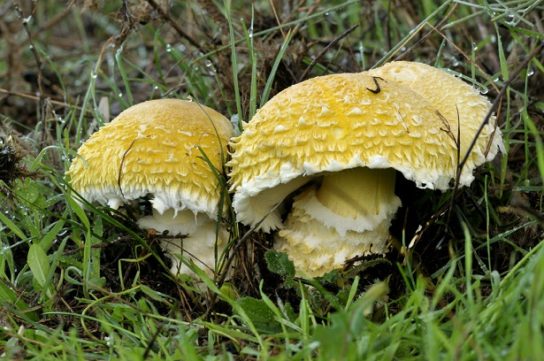
Lyophillum shimeji

Gingerbread half-red
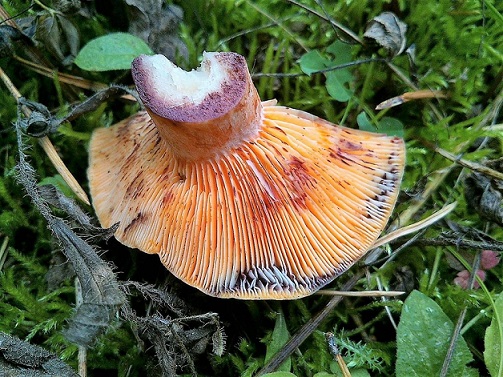
Covered oyster mushroom


Conrad's Umbrella

Gigrofor Person

Chaga birch
